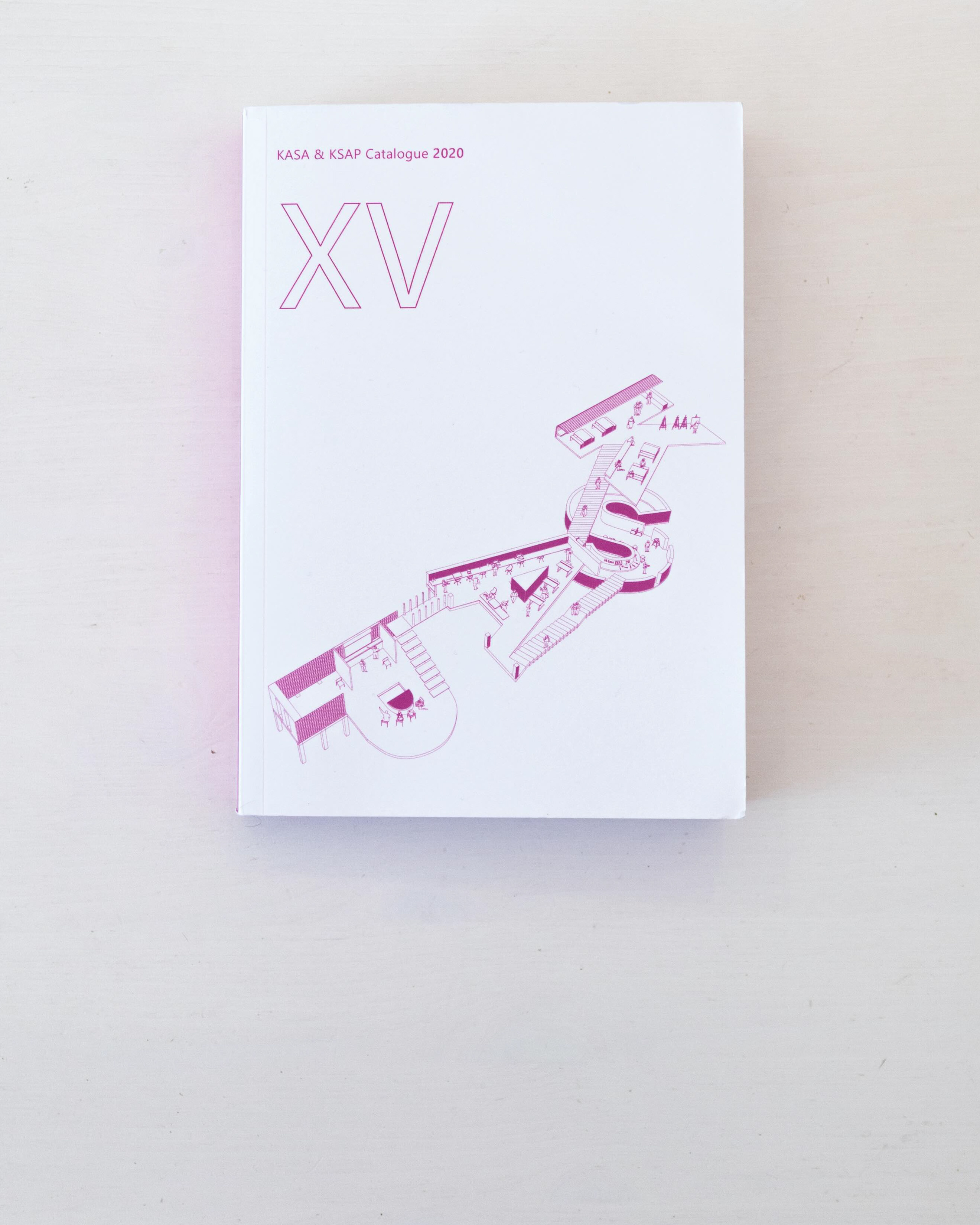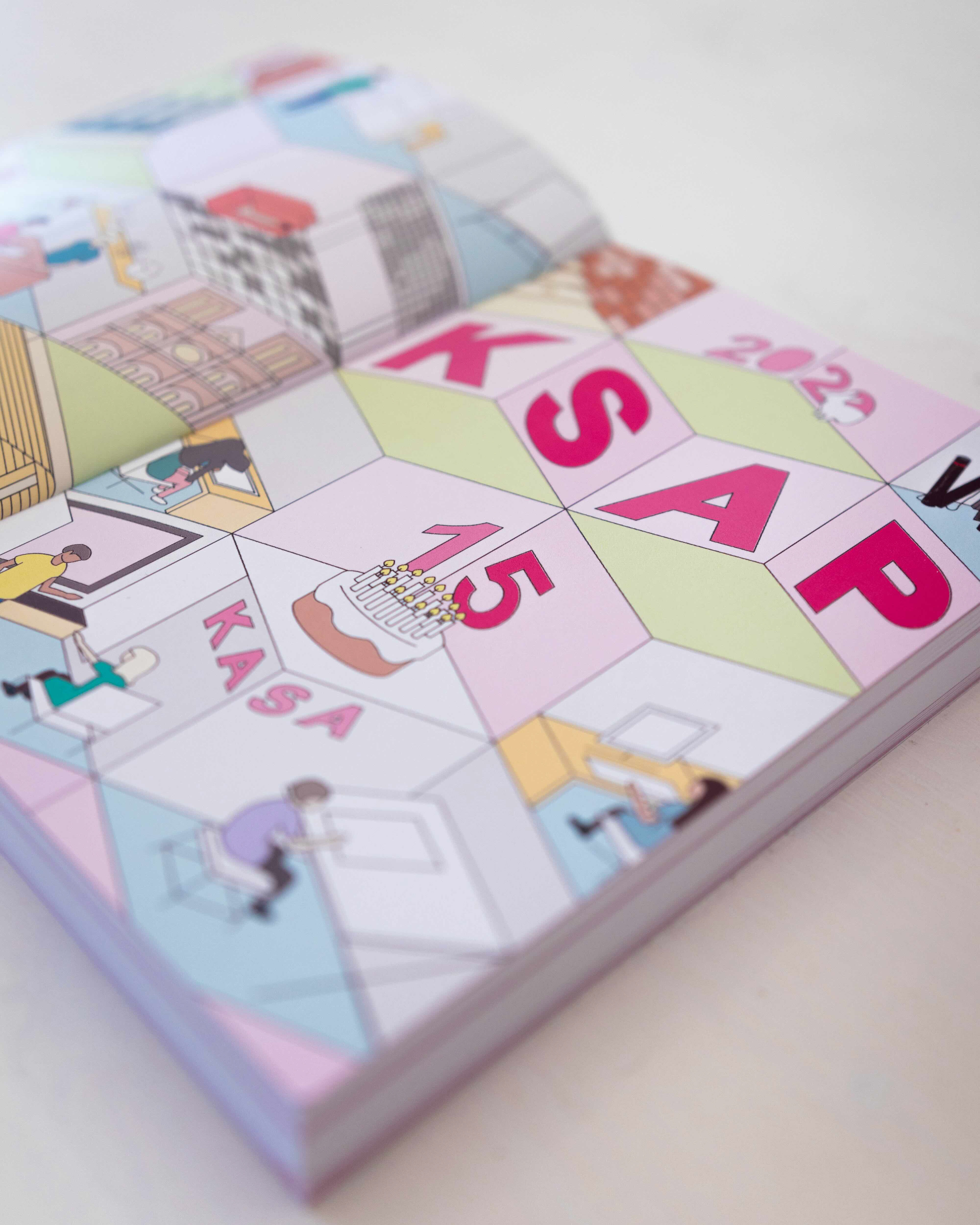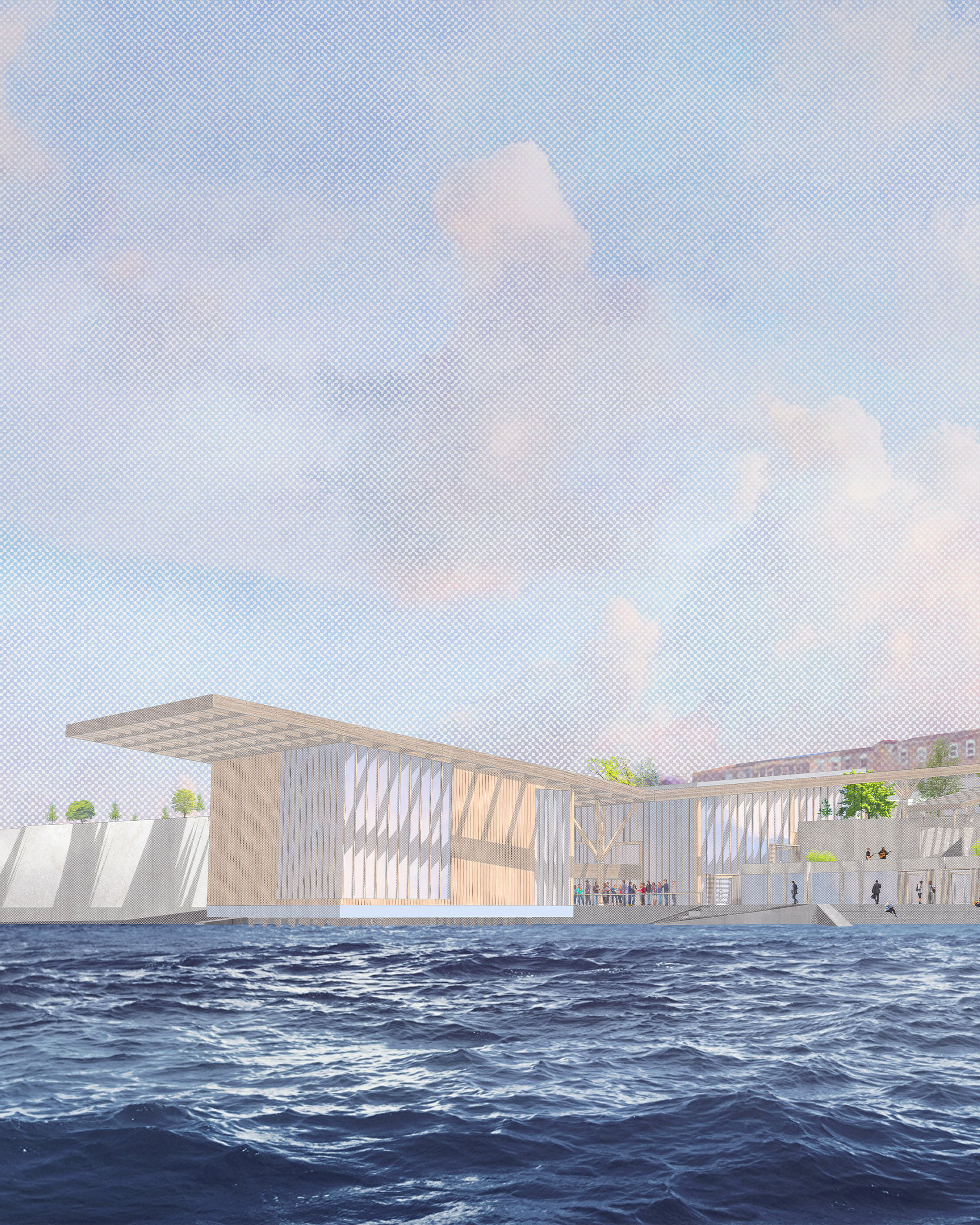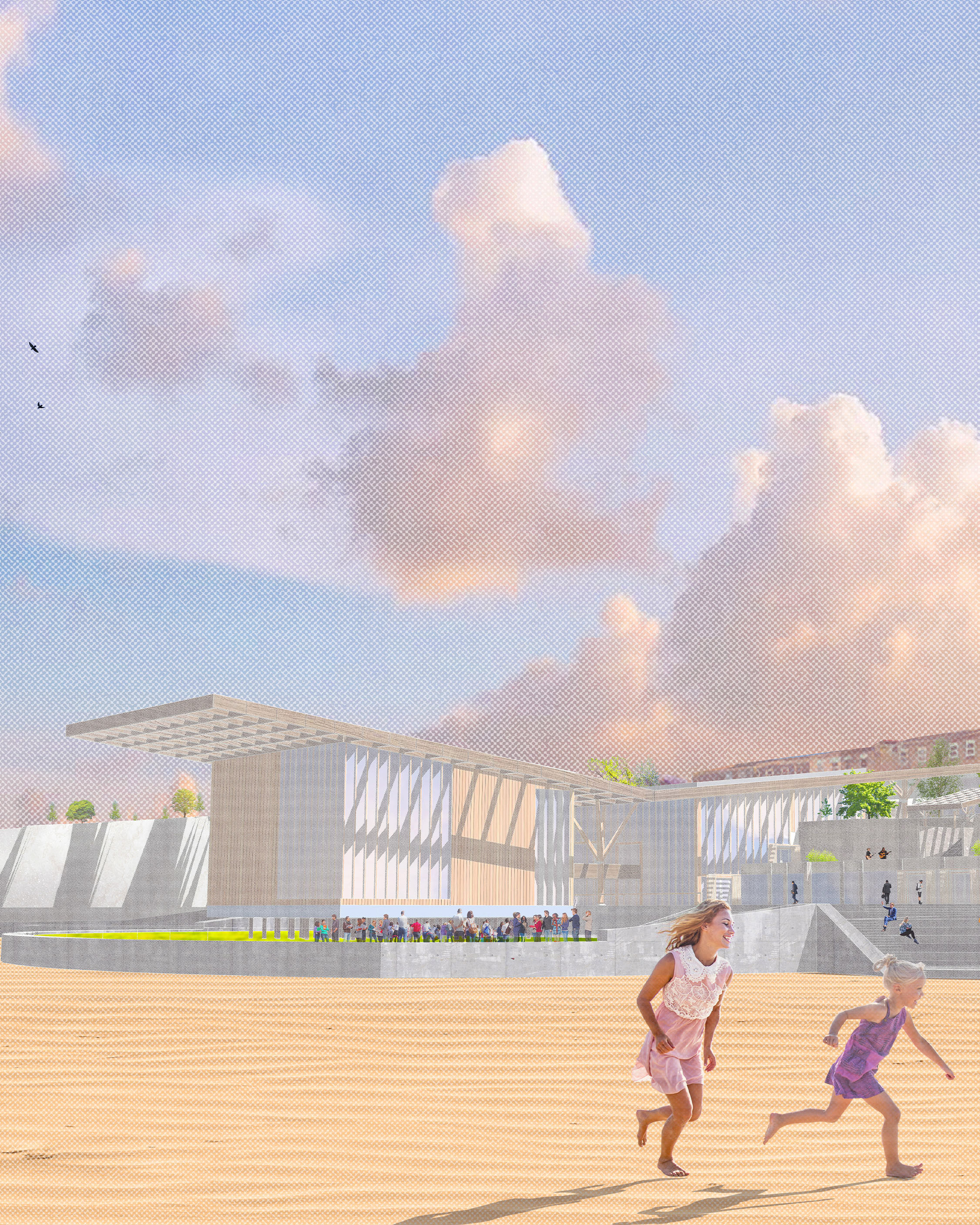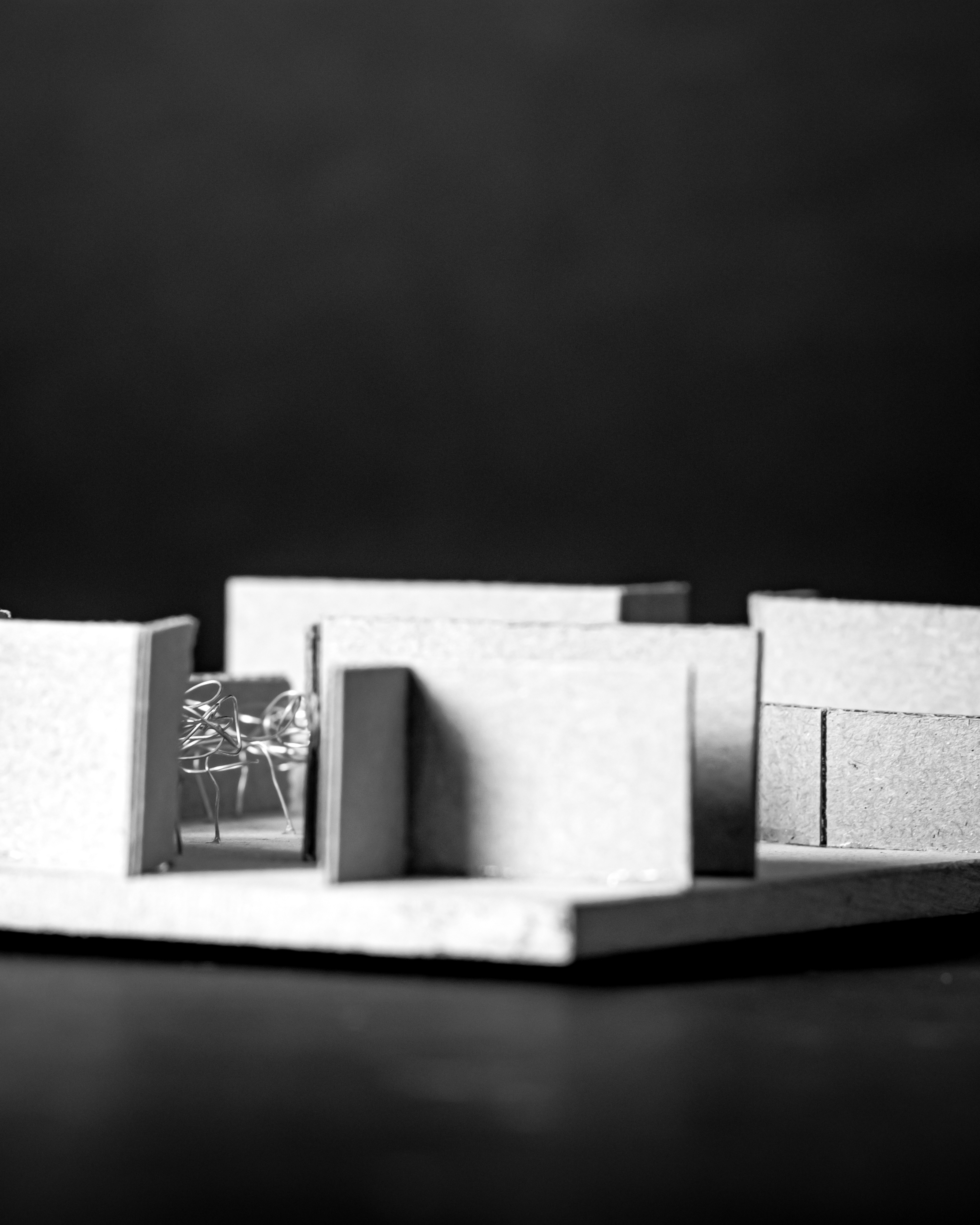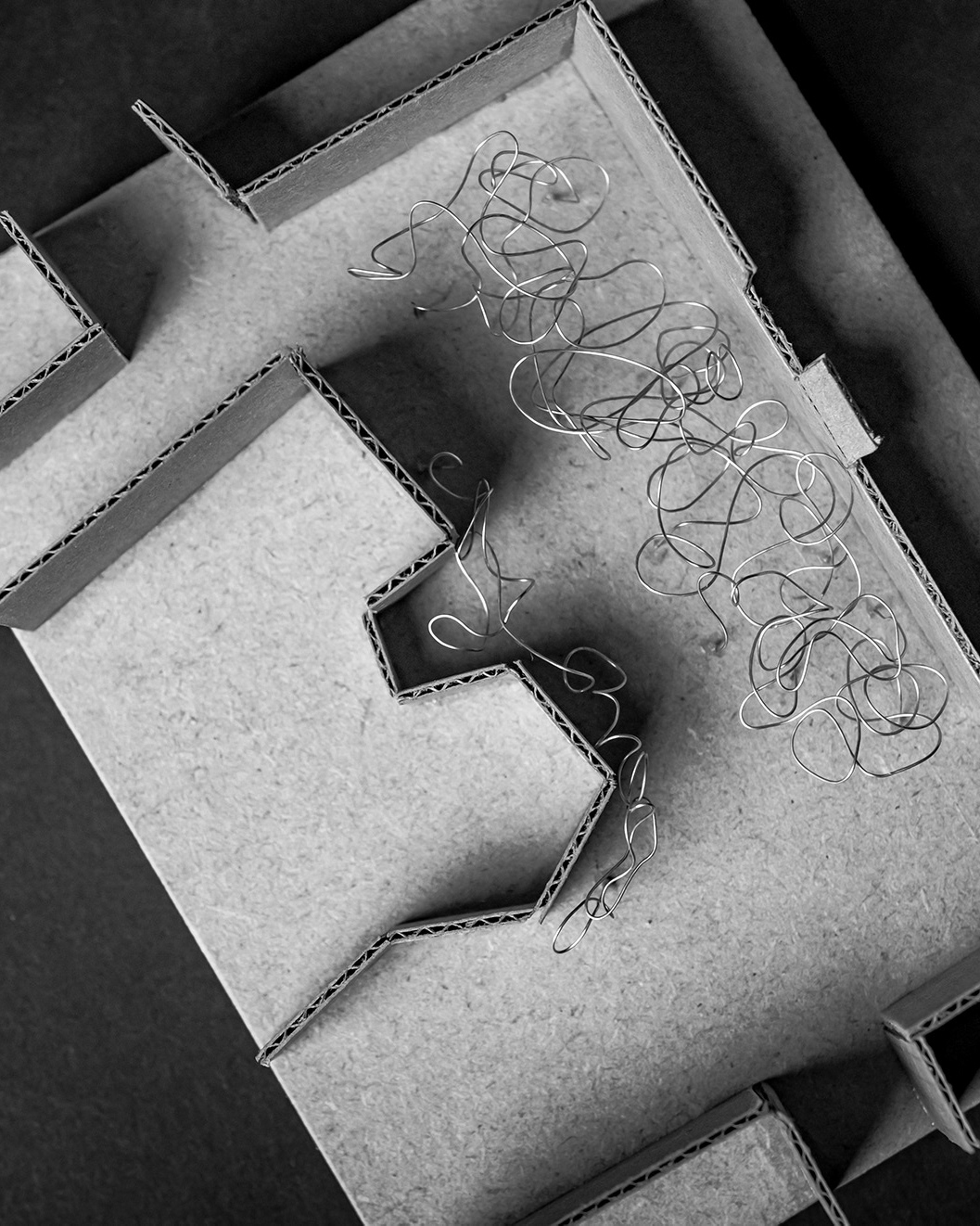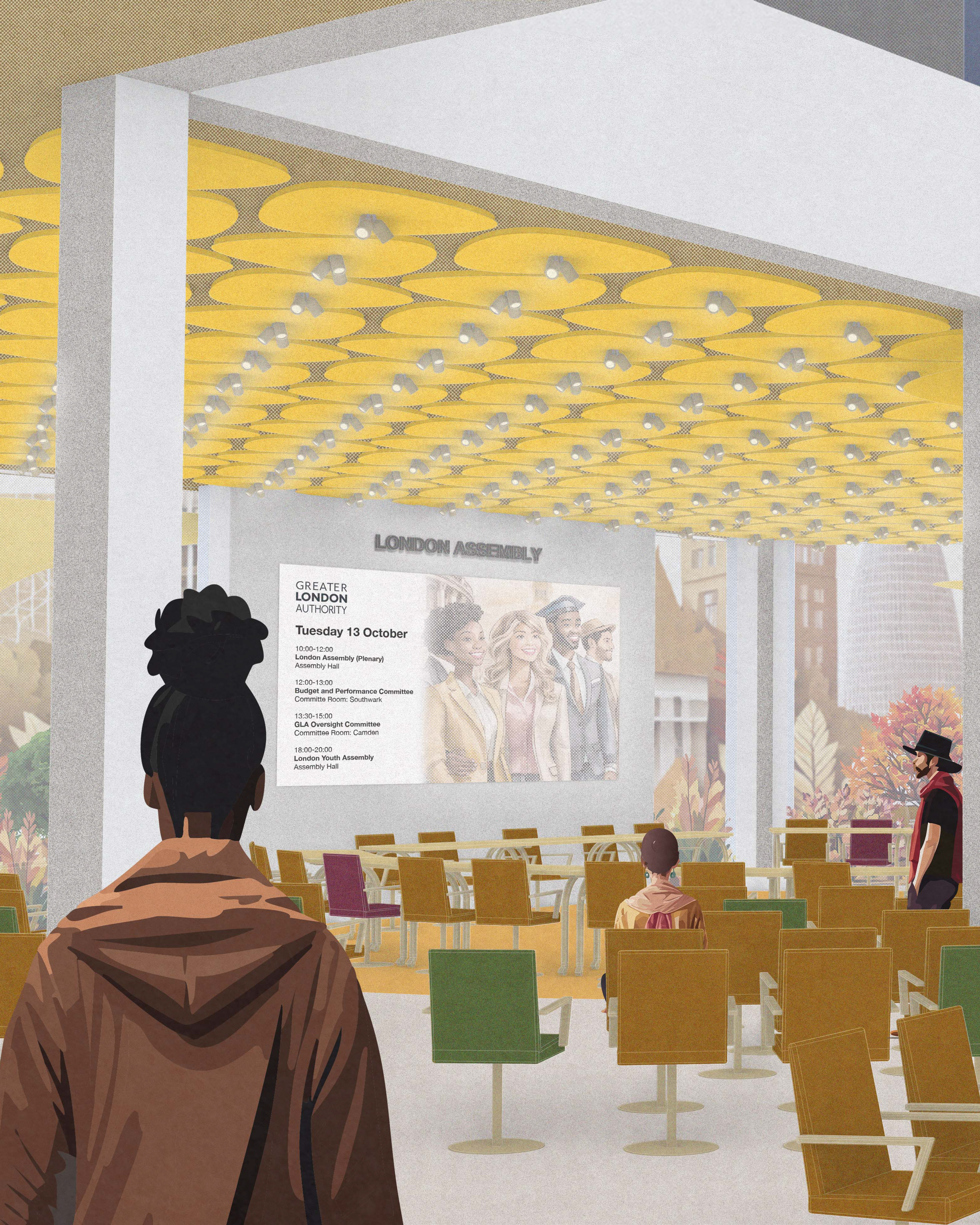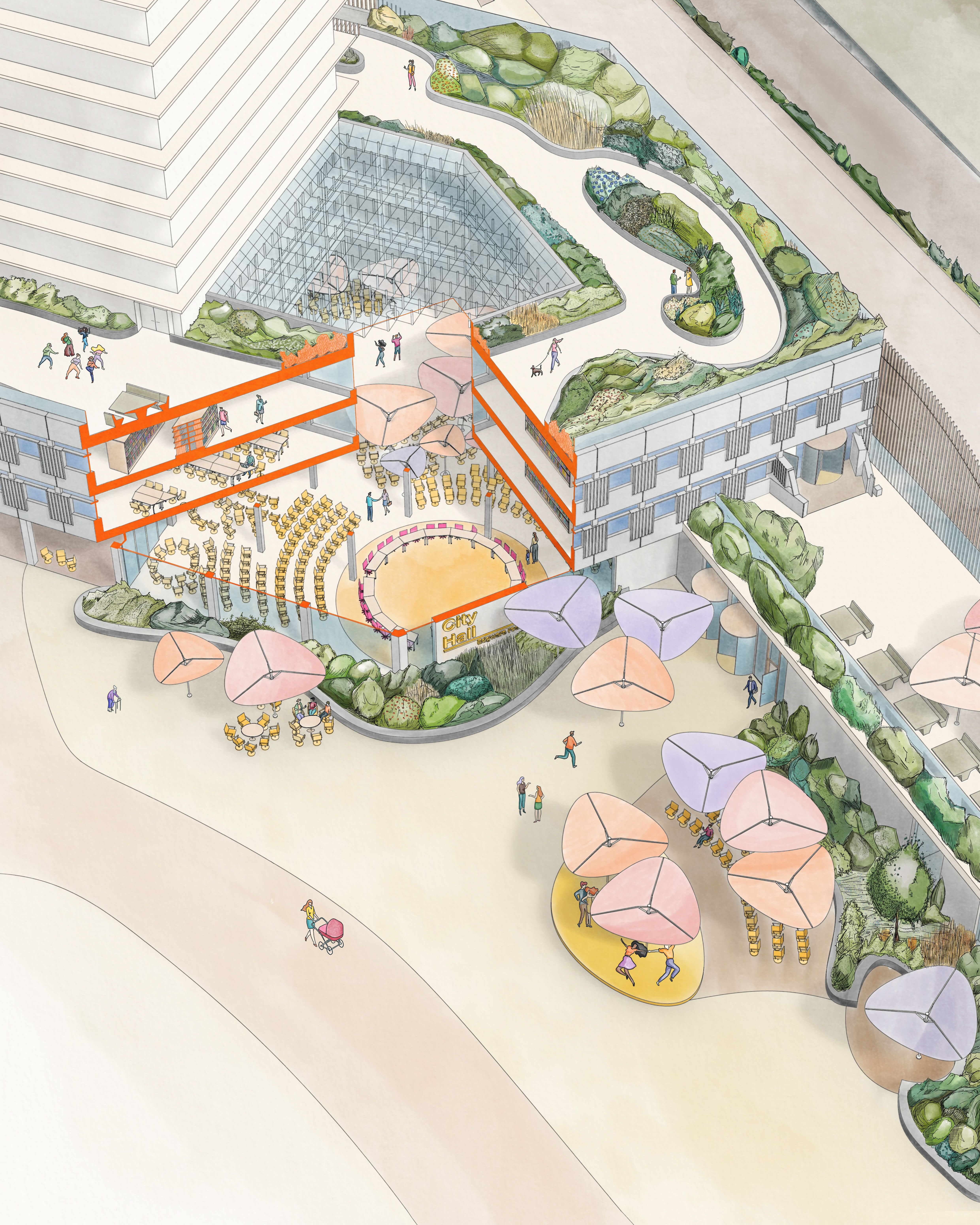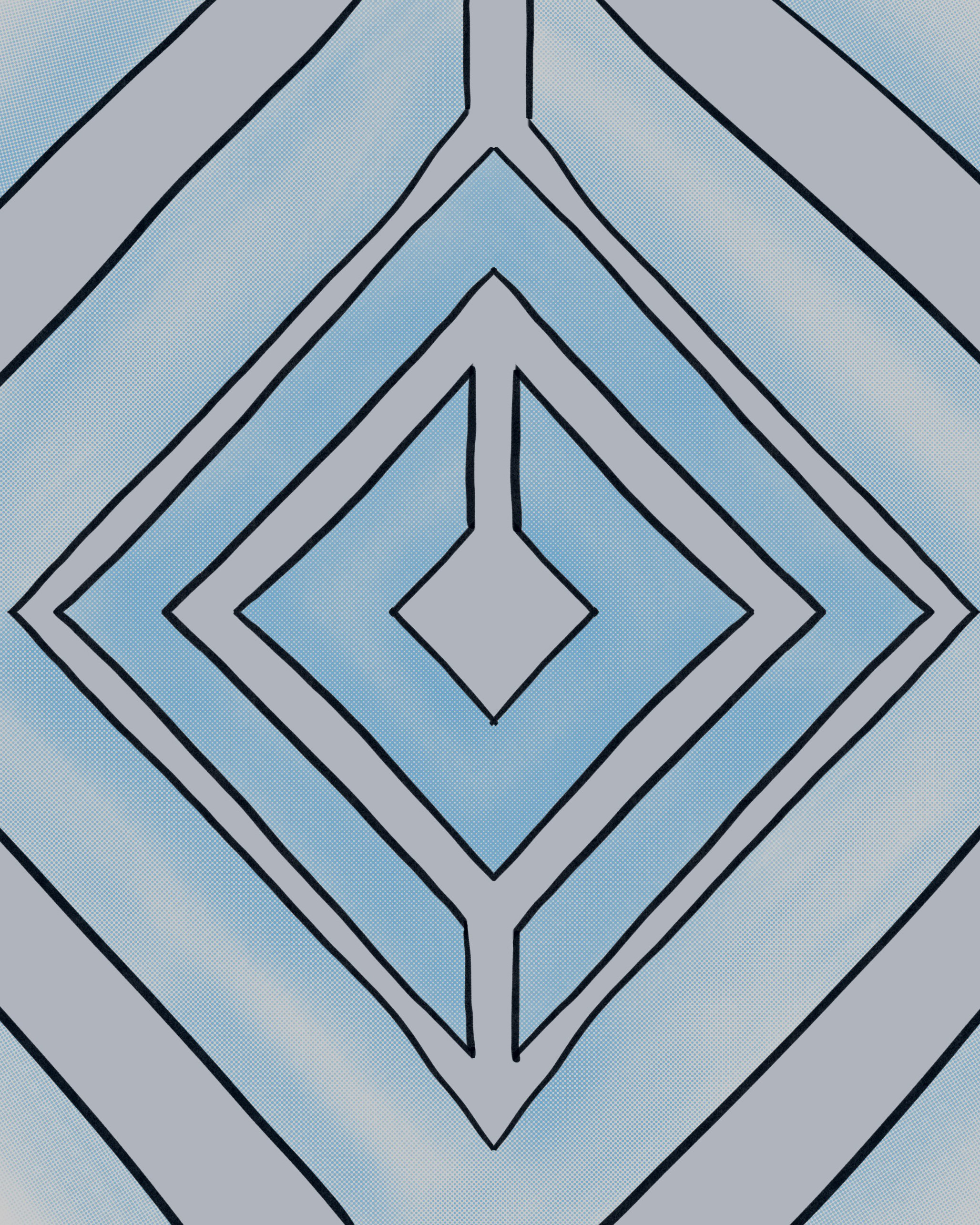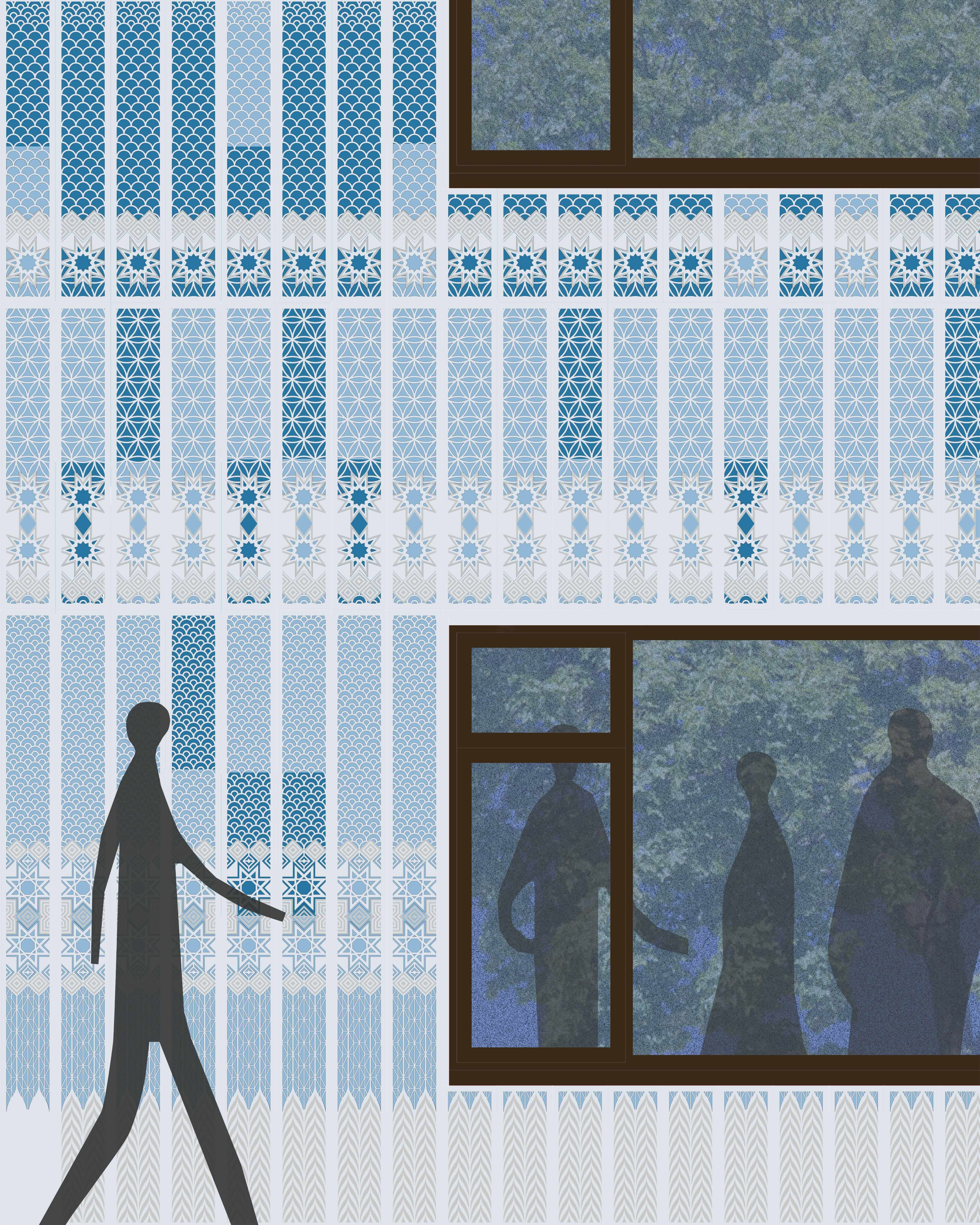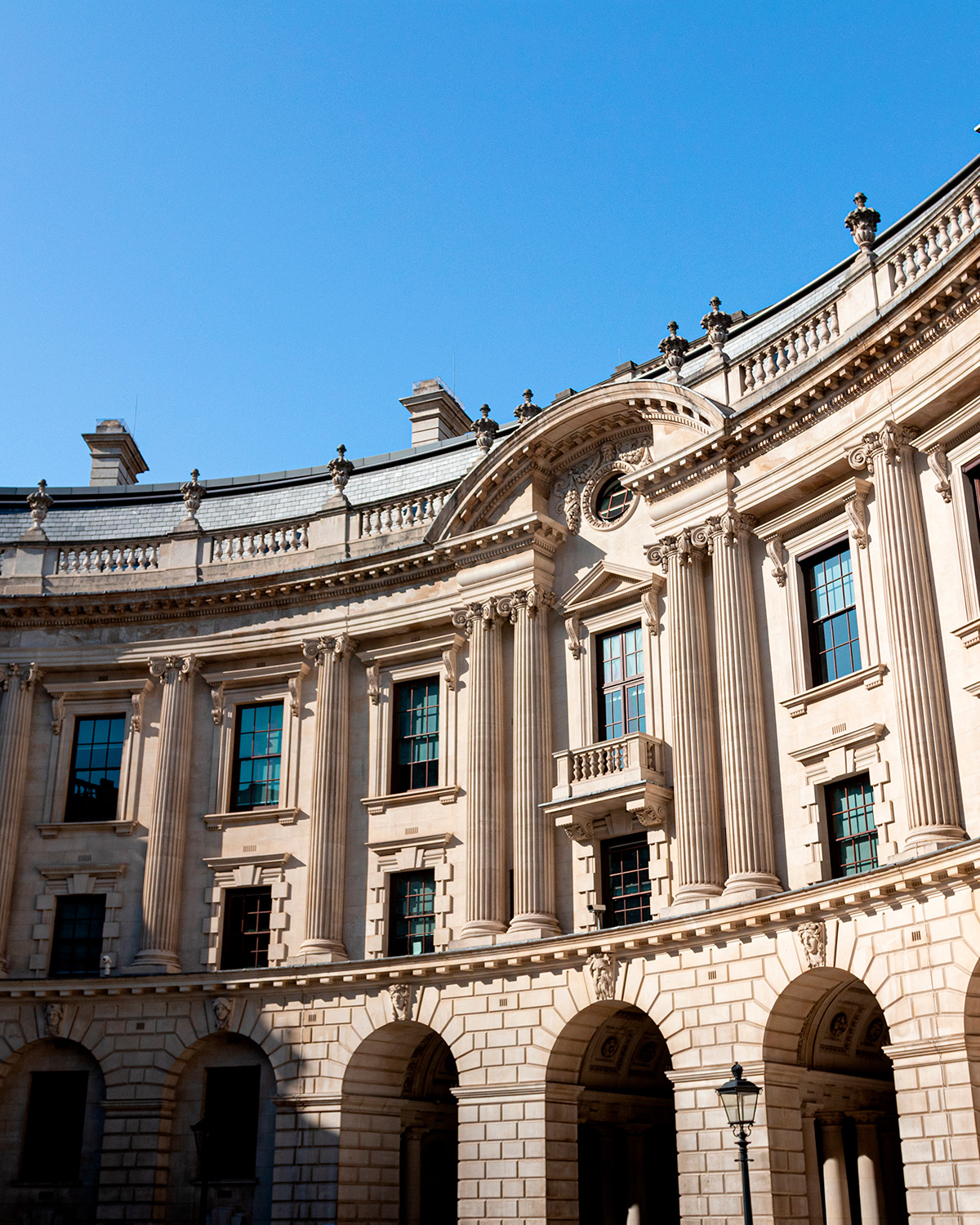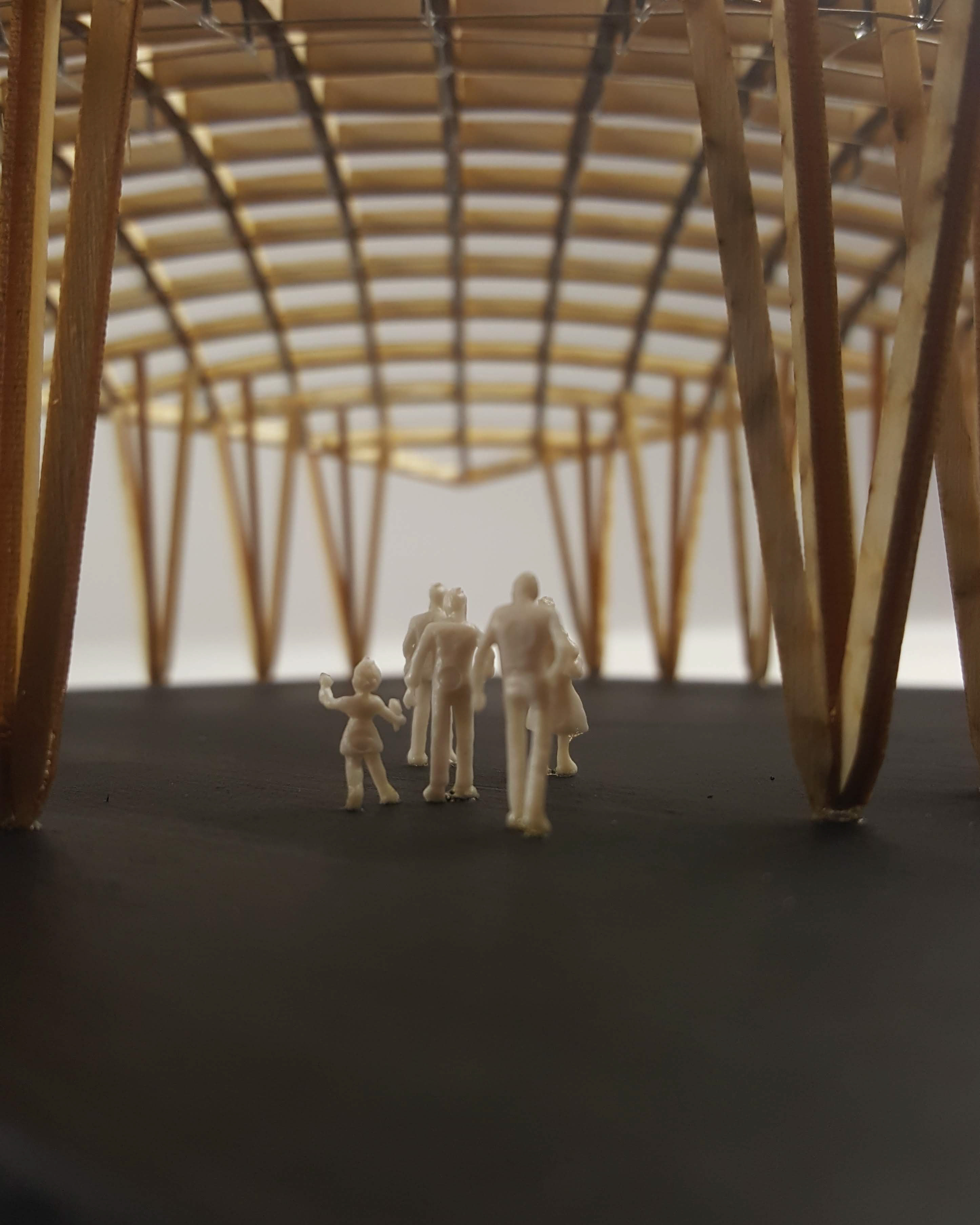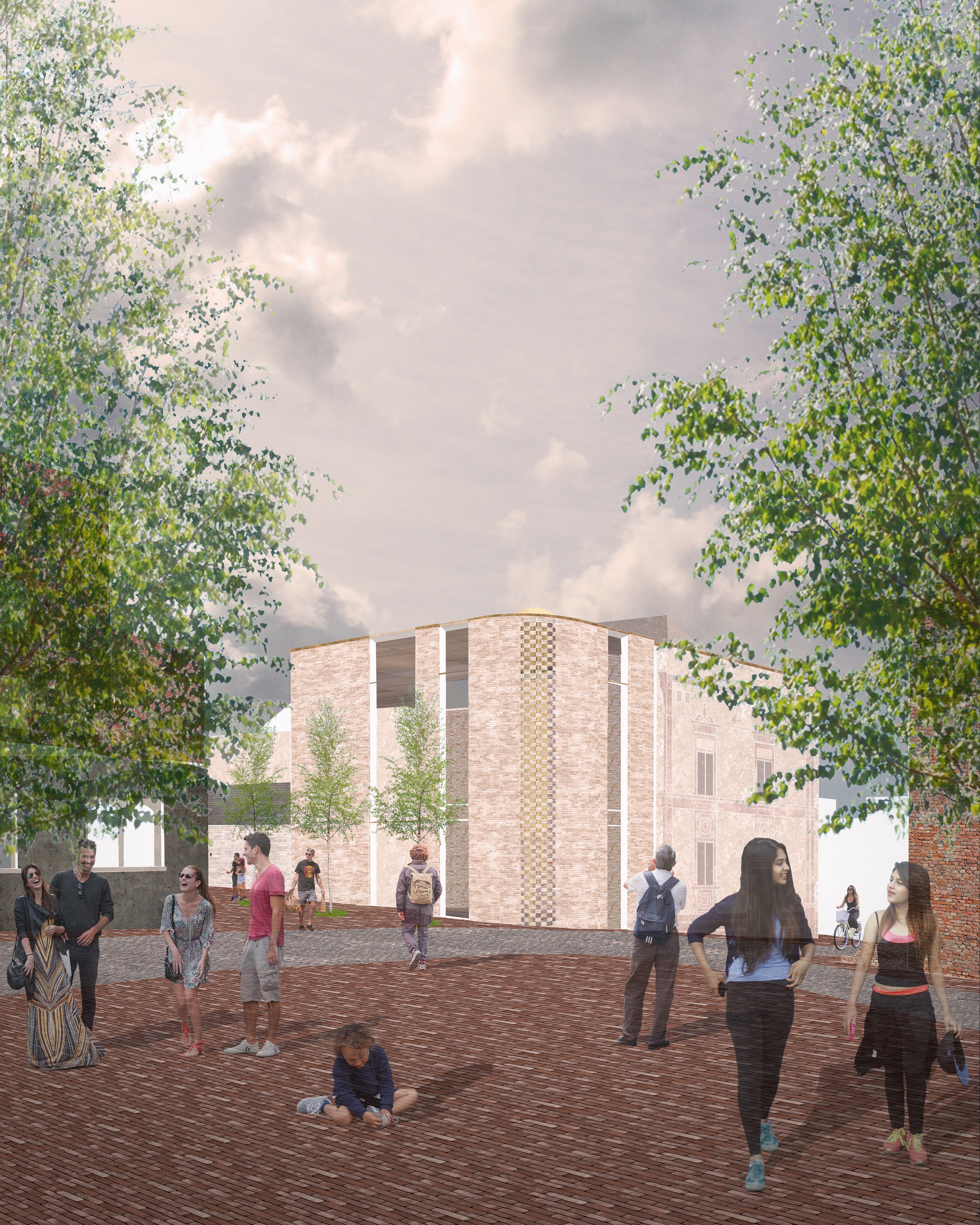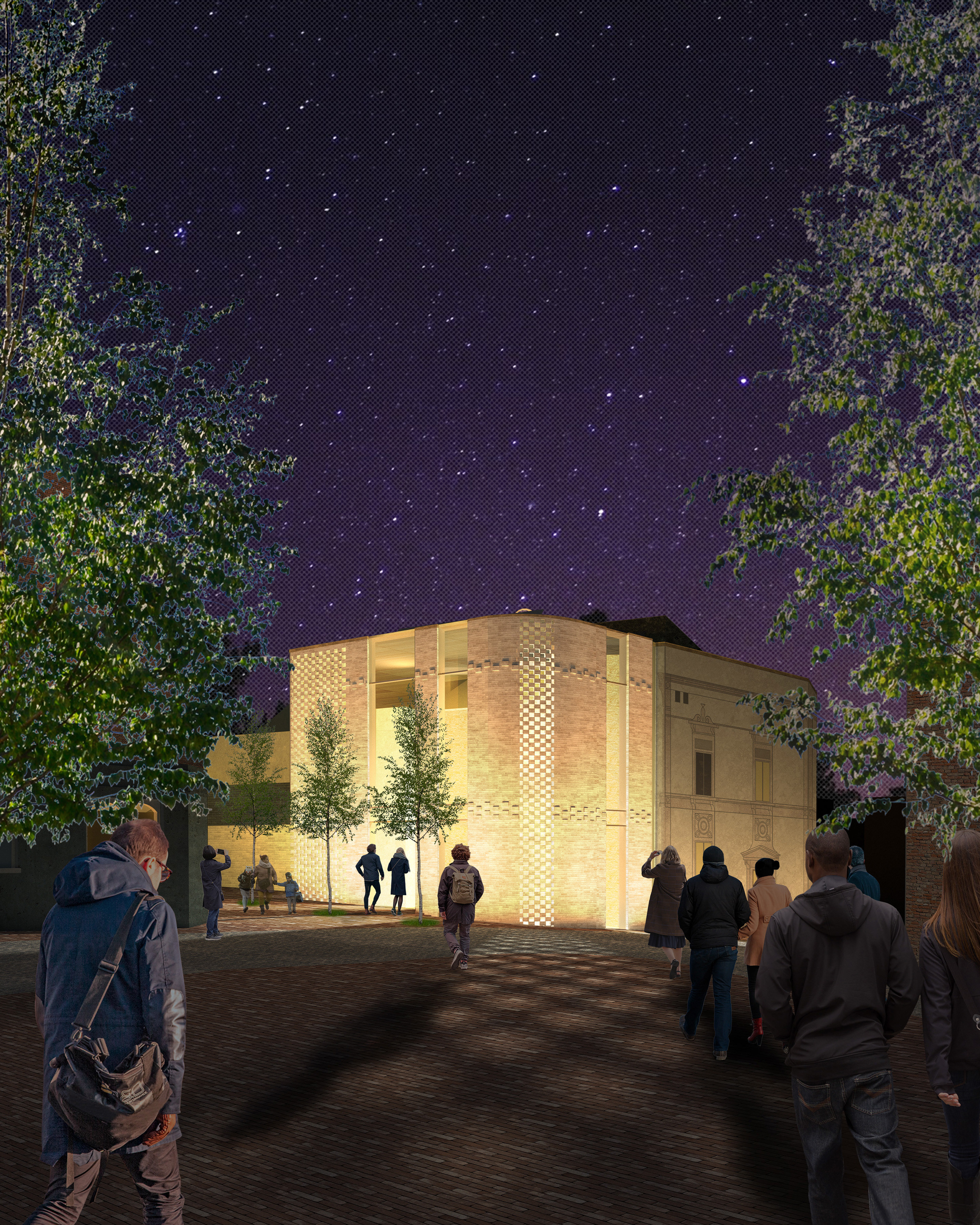How can we make the weather nicer? Or another way, how can we make it fun to be outside, whatever the weather? How can we motivate more lifelong play in Custom House’s local parks.
Outdoor activity keeps us healthier, more focused, happier, and more connected, and play helps children develop socially, emotionally, cognitively, physically, and creatively. Yet today, kids spend more time on devices. Rainy days can go by without any outdoor play at all.
I want to find different ways of activating space, and bring to those spaces a greater sense of place.
This project studies how to create public spaces that motivate lifelong play, activity, and curiosity. Within that, it is exploring ways designers and communities can work together to make public spaces more fun and welcoming. To do that, it focuses on small-scale local interventions in East London. I look at how to design with a community rather than just for it. Connected to that are all the social, political and business-related aspects of architecture, local participation and co-creation, and working with local actors to create interventions by and for the community.
Newham analysed
During the year I analysed the parks, green spaces and transport possibilities in Newham. This led to the production of a book that starts with a set of interviews with people in the park, before presenting “an objective analysis of Newham” (among other things using the maps below) and concluding with “an opinionated guide to Newham’s parks” where I wrote a review of every of the 51 visited Newham parks.
Pop-up activity libraries
An obstacle to participating in the park fully is that you must bring your own equipment to use the provided facilities. For families, bringing along play gear every time can be a struggle. Not everyone can afford to explore new activities when trying requires the investment of buying.
This project focused on prototyping versions of a free pop-up equipment library in local parks in Newham, one of London's poorest boroughs. It attained overwhelmingly good responses throughout testing.
Models 1, 2, and 3
The project started as a 30 day long kickoff project in September and October 2021 together with unit colleagues Iris Meng, Tung Li and Wu Wanling. The project asked us to develop a simple concept that could be tested on site. We designed models 1 and 2 as part of this test. After the project ended my colleagues wanted to focus their year-long projects differently, while I continued our concept and idea. In May 2022, I built the Beetle.
The Pop-up Activity Library Model 3 called “the Beetle”, on site in Canning Town Recreation Ground, South Newham.
Model 1, a set of boxes, was the first concept test developed.
Model 2, simply named “The Shelf”.
Designing and building the Beetle
The Beetle was designed to look portable and more “active” than the Shelf was. It primarily uses wood, to avoid the environmental impact of plastics both in production and use. Wood was, however, the core reason for the resulting weight that should be lowered in later designs. The copper handle similarly reflects the self-build image, and although the copper was bought new because of time constraints, the design can accommodate more reuse. The warm colour of the copper is intended to symbolise friendliness and warmth, and as a material it will over time gain a patina that reflects its use.
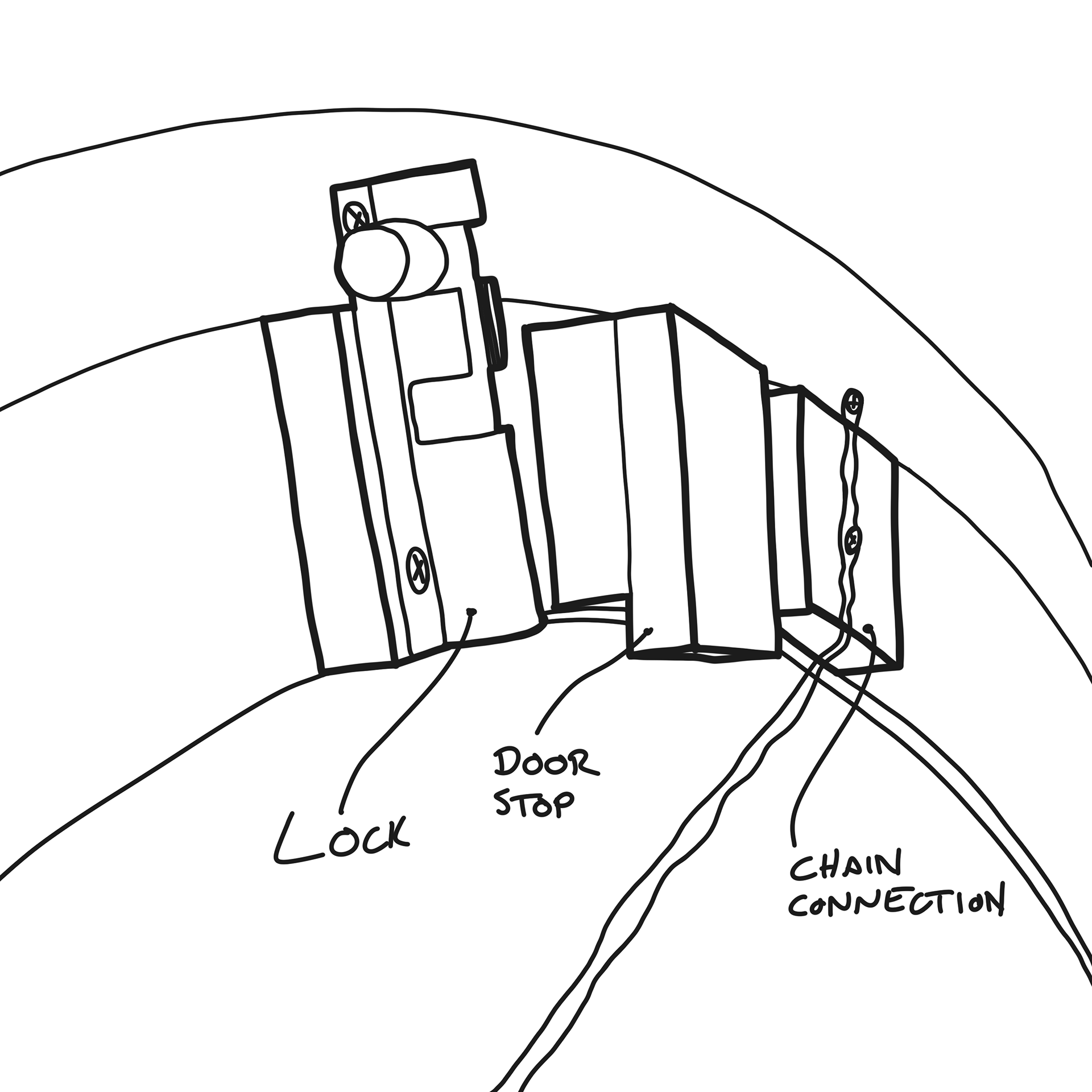
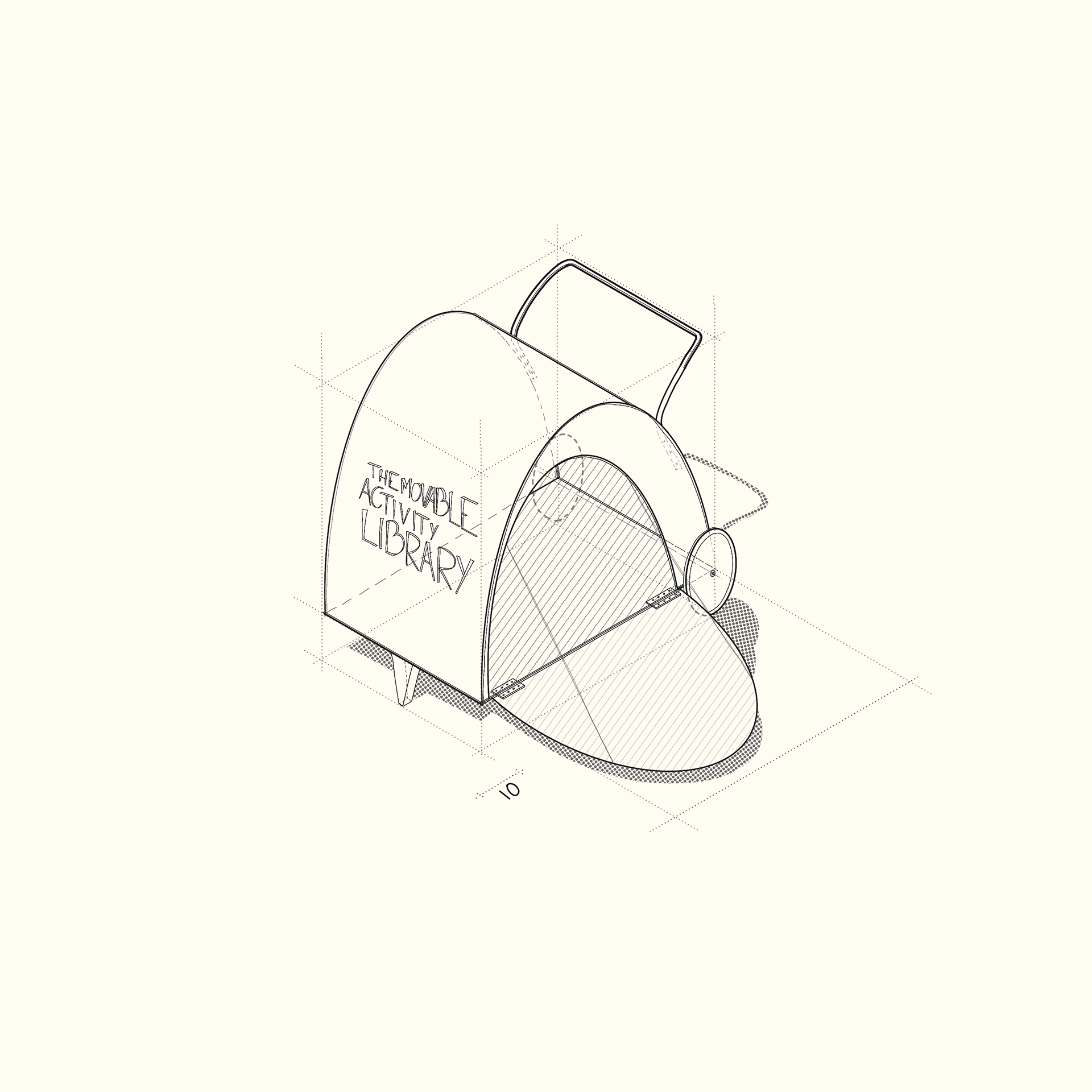
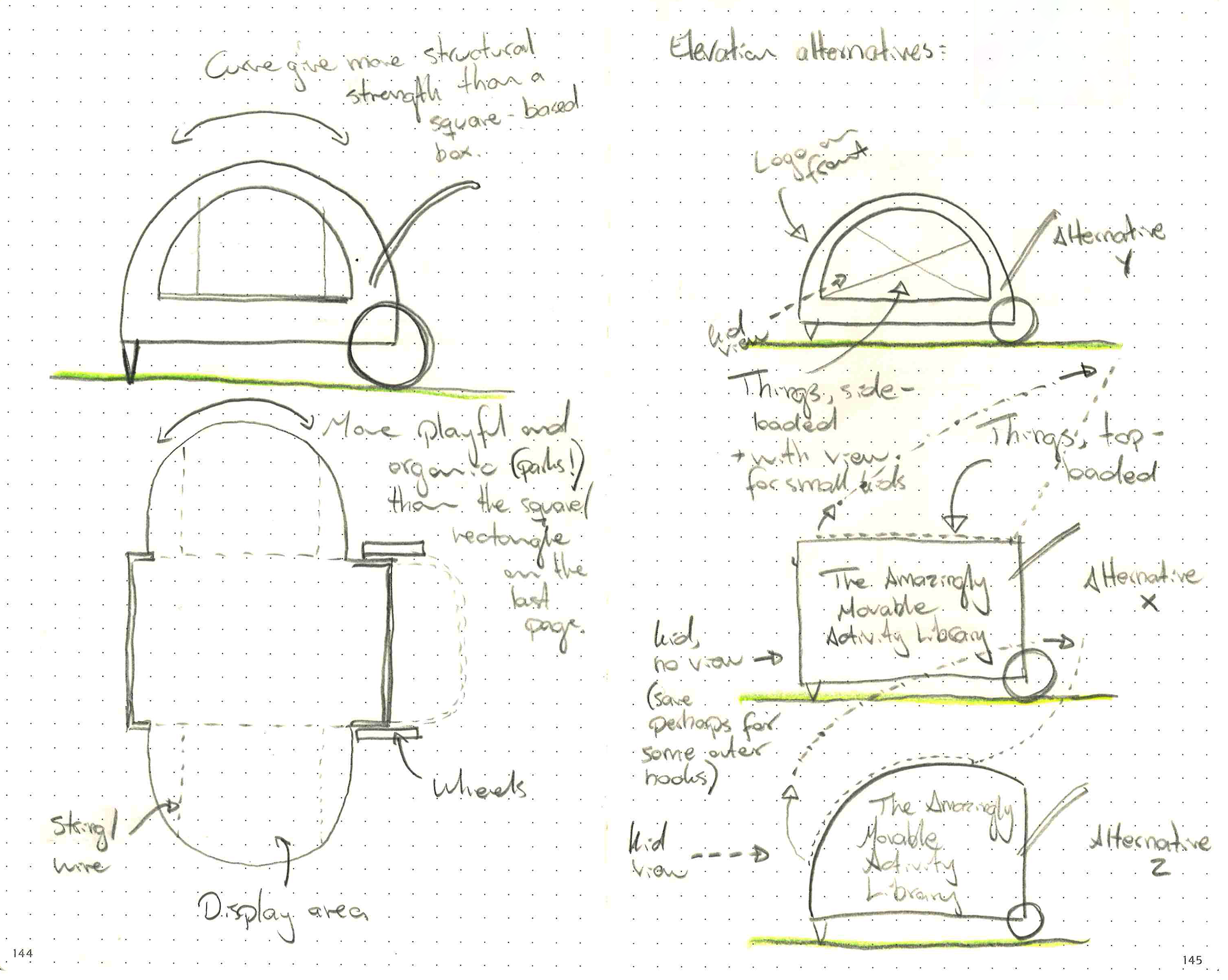
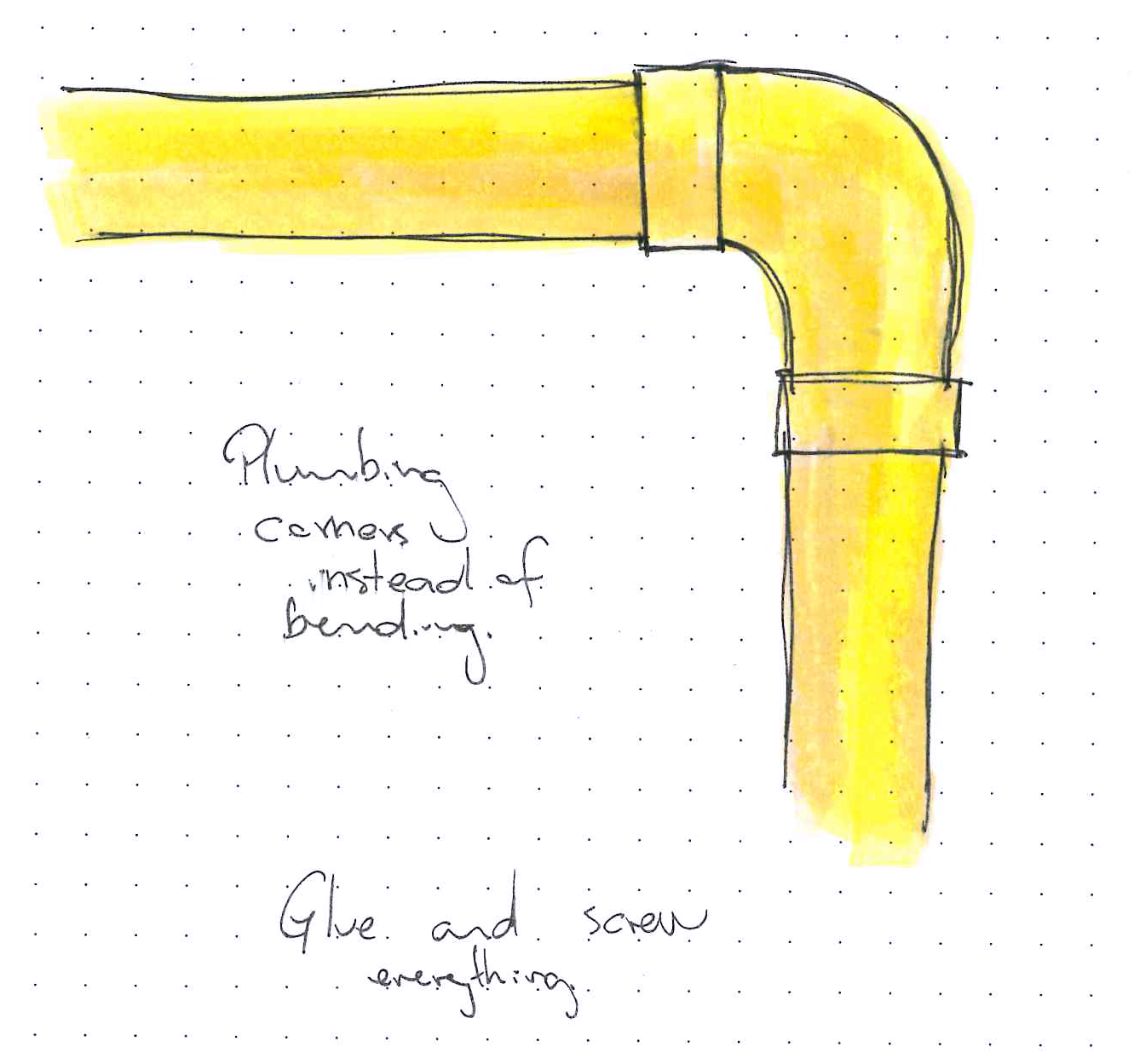
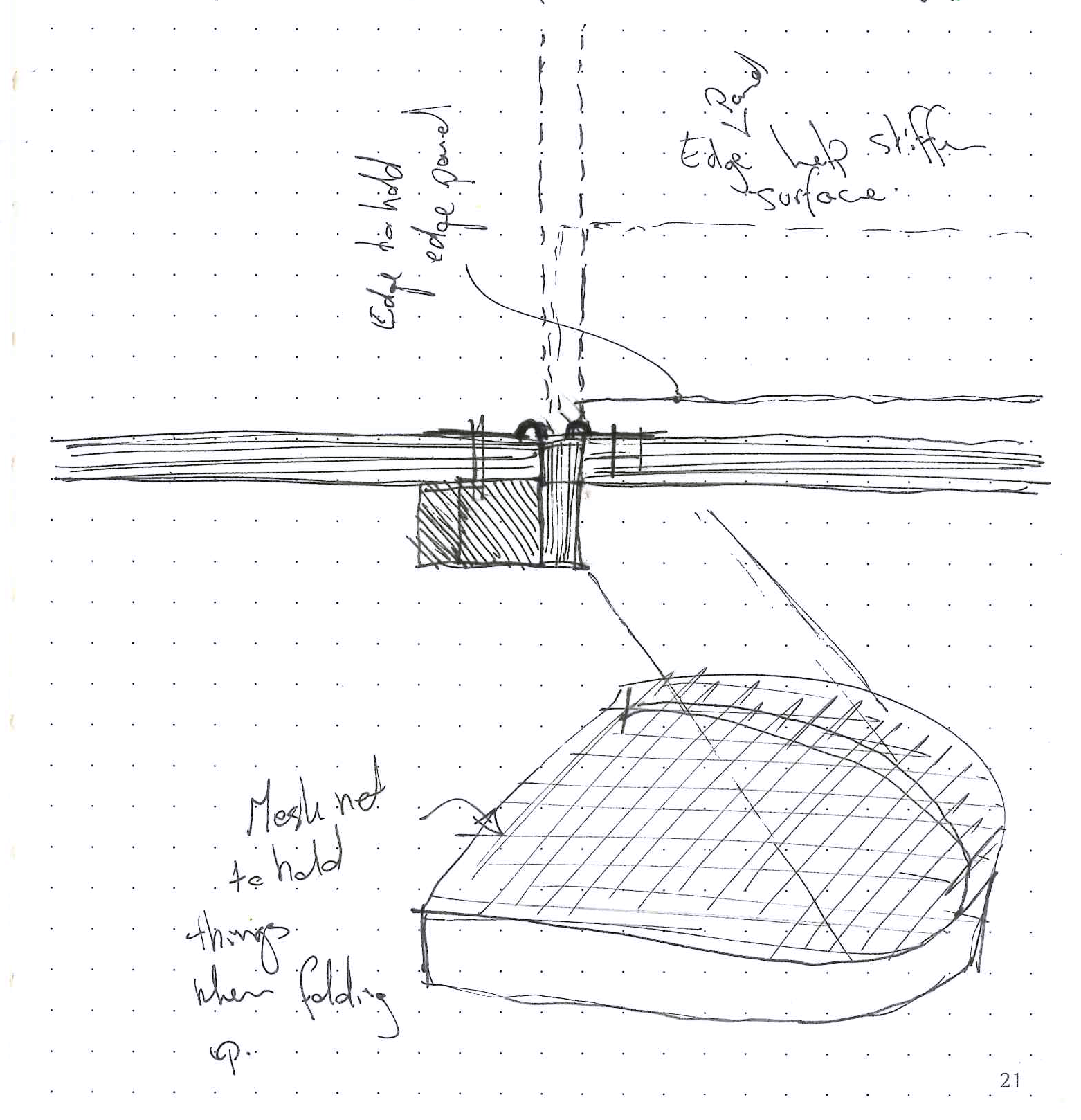

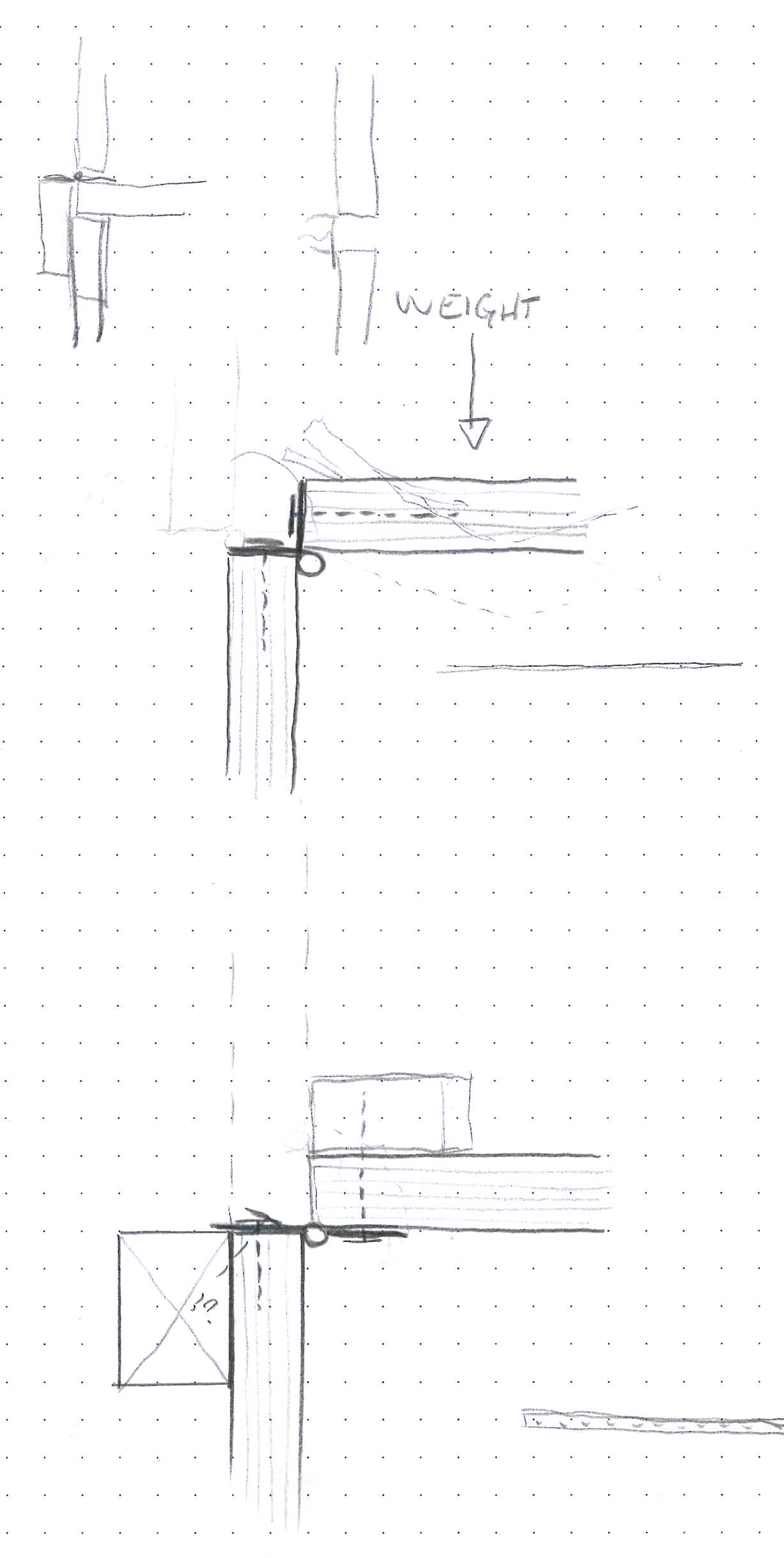
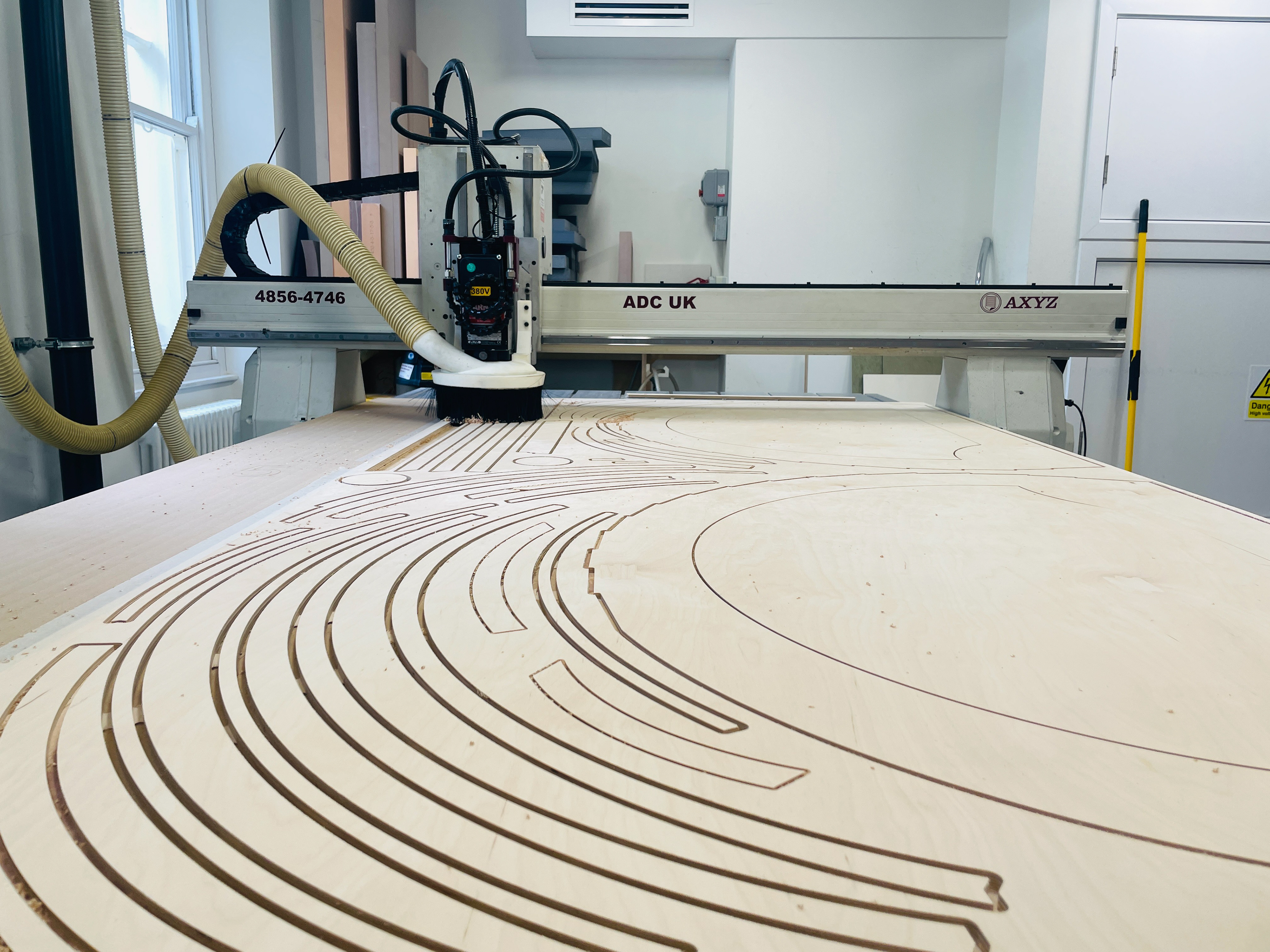
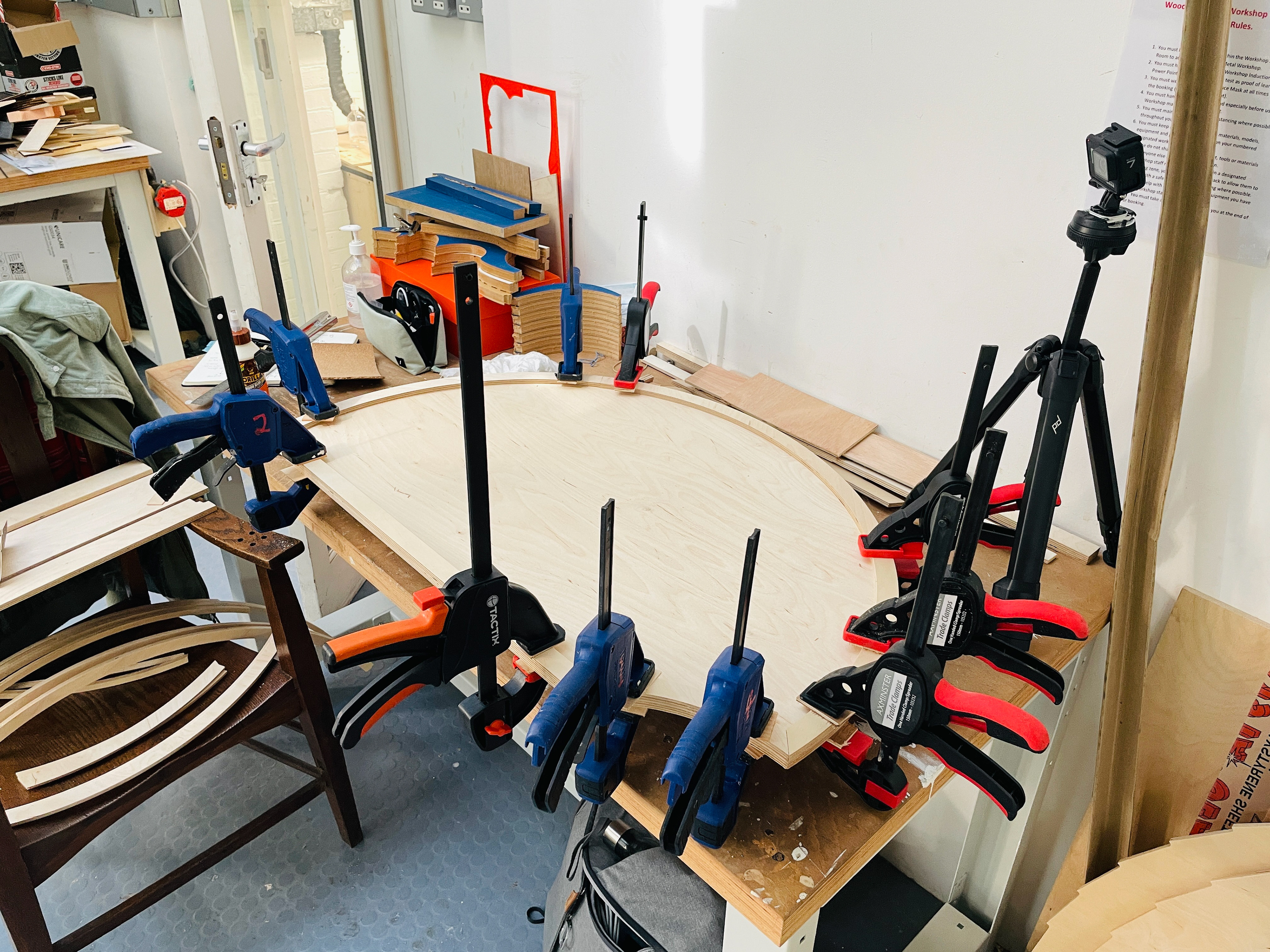
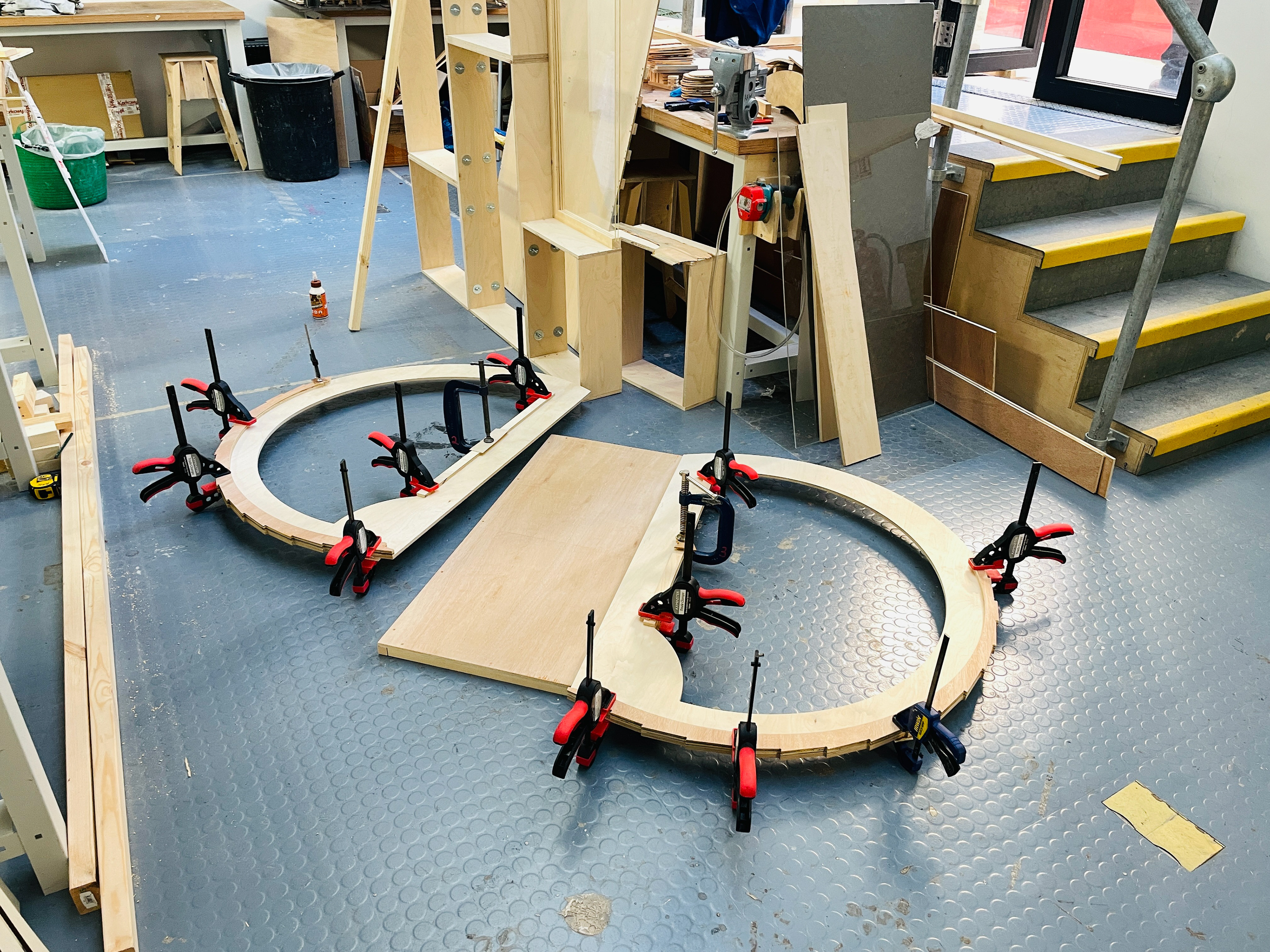
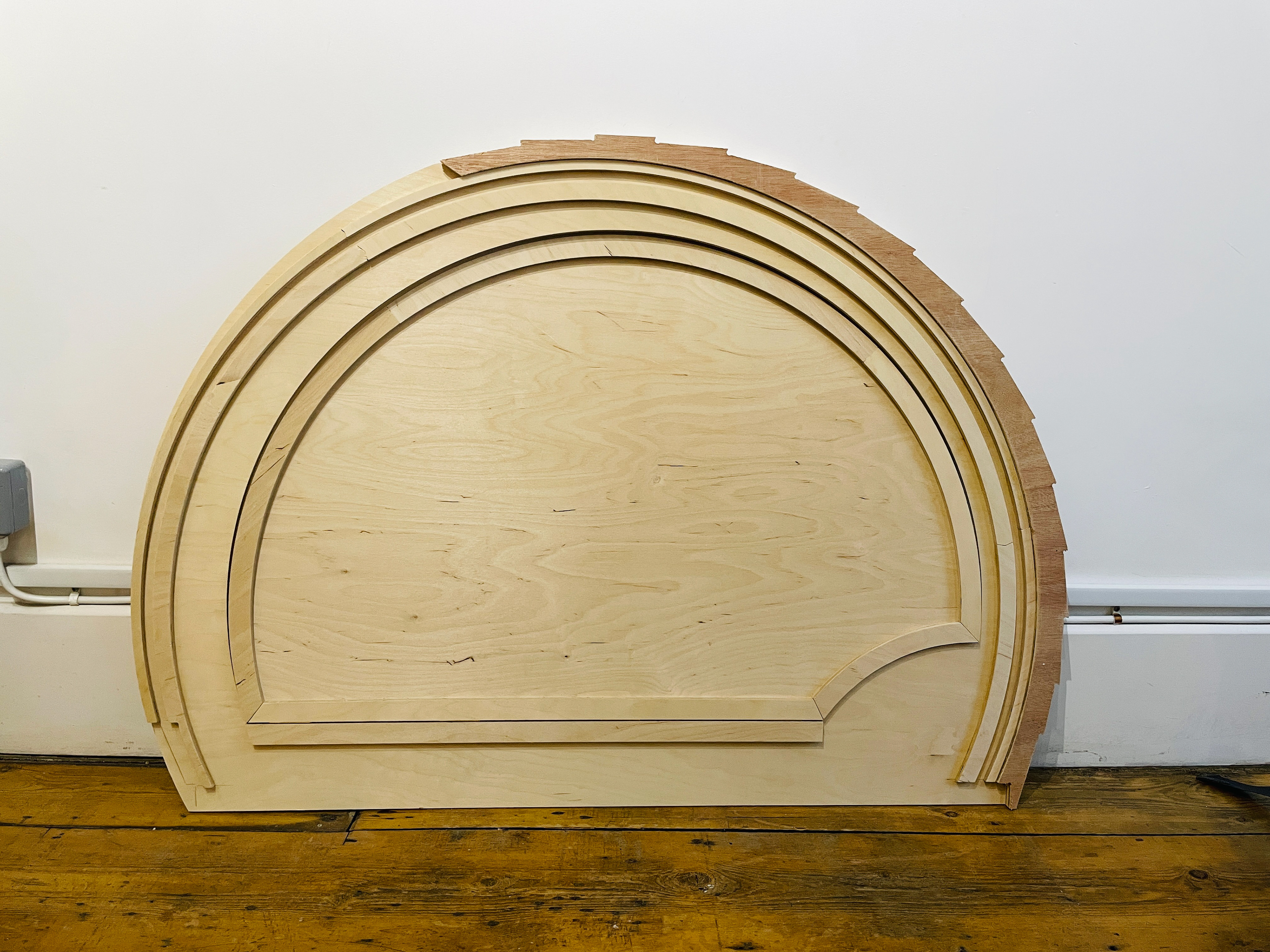
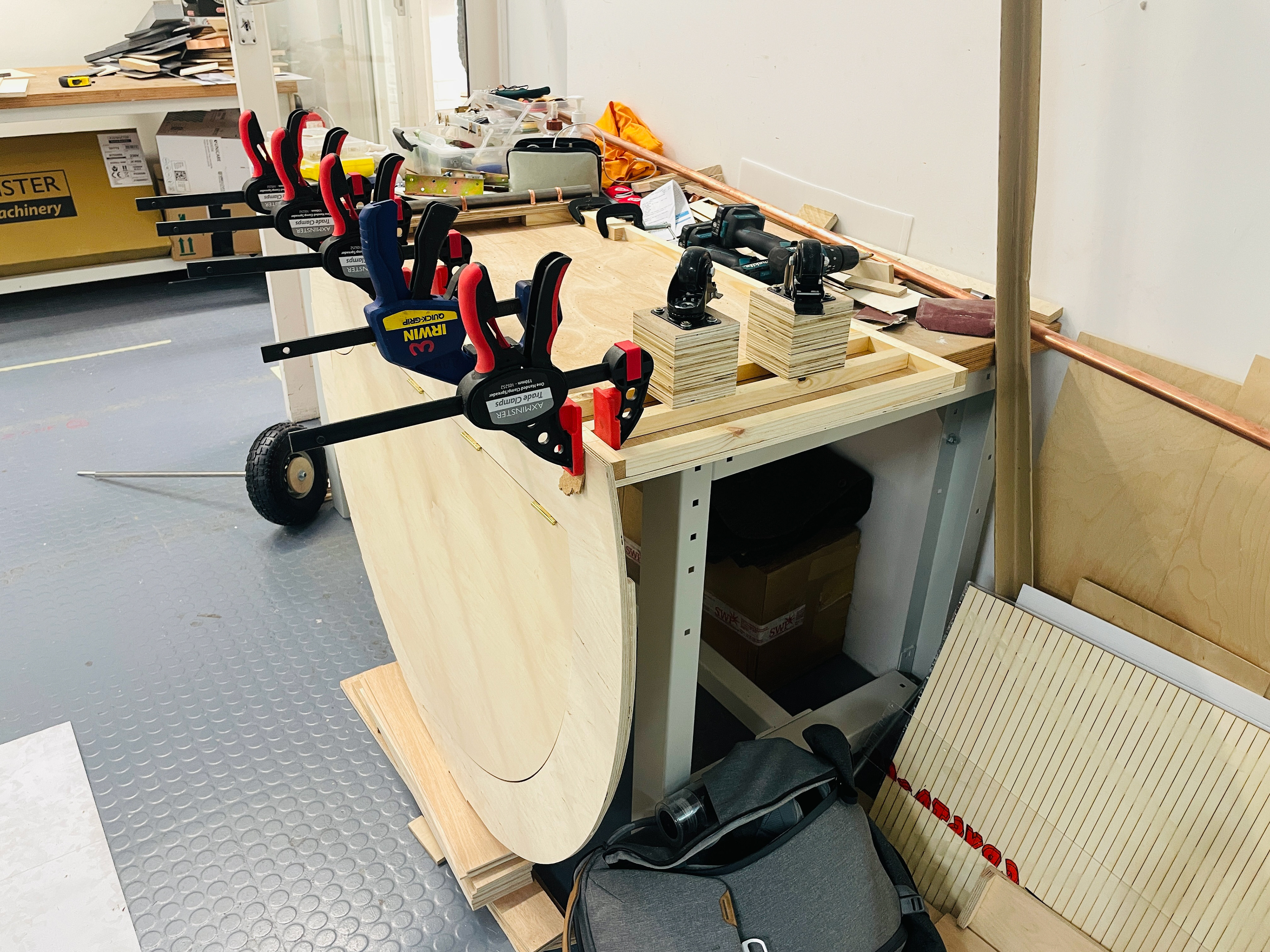
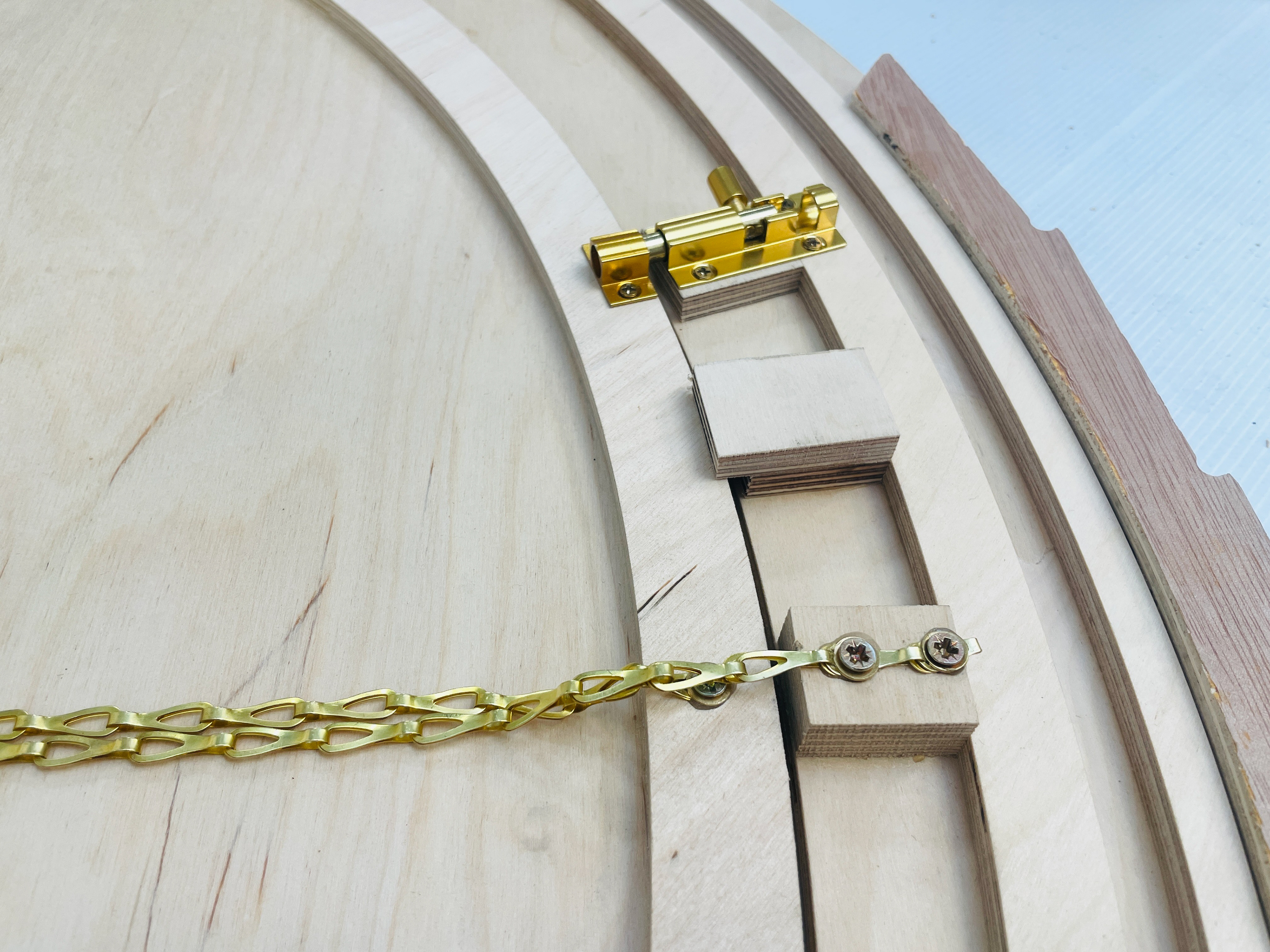
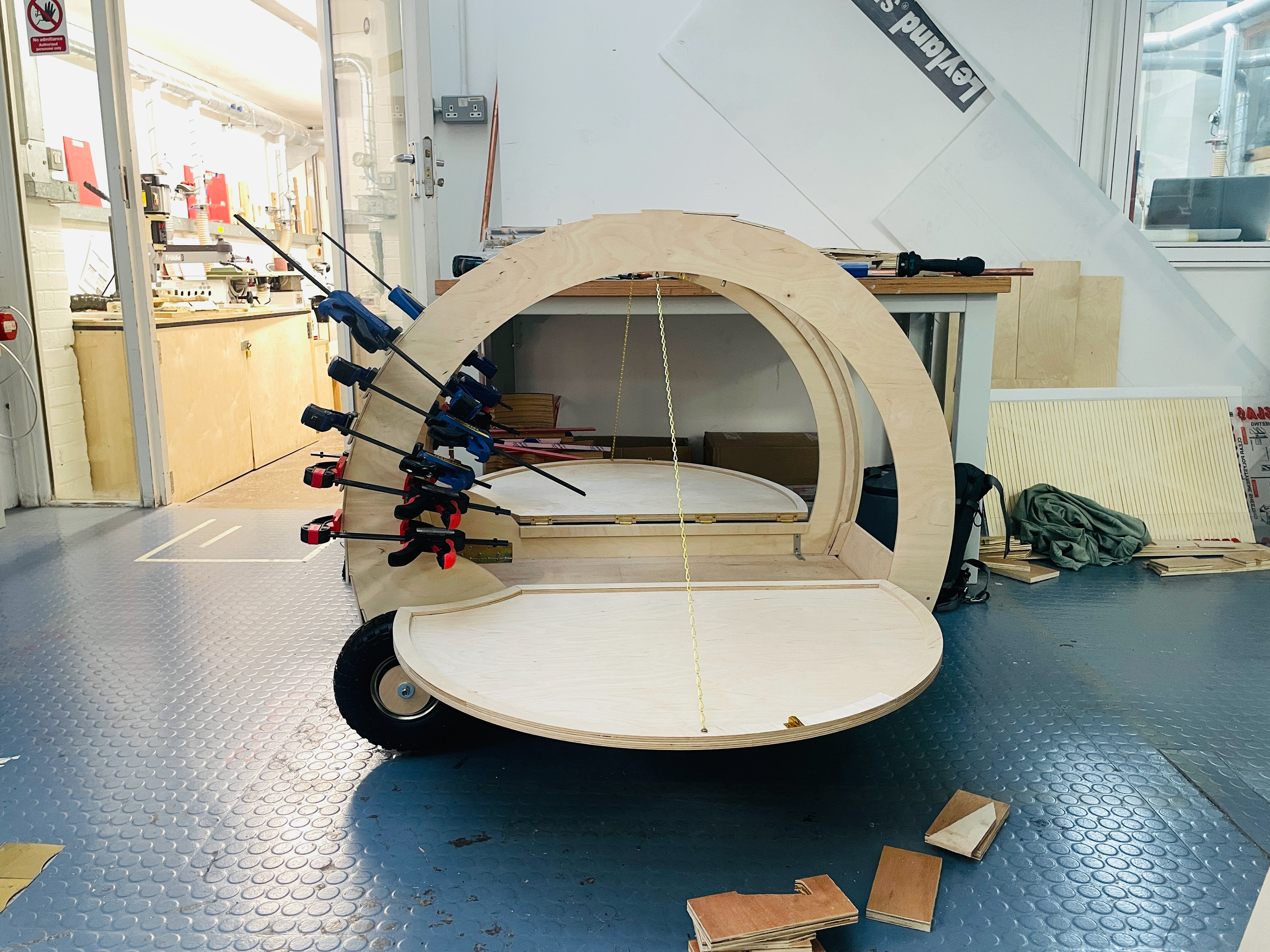
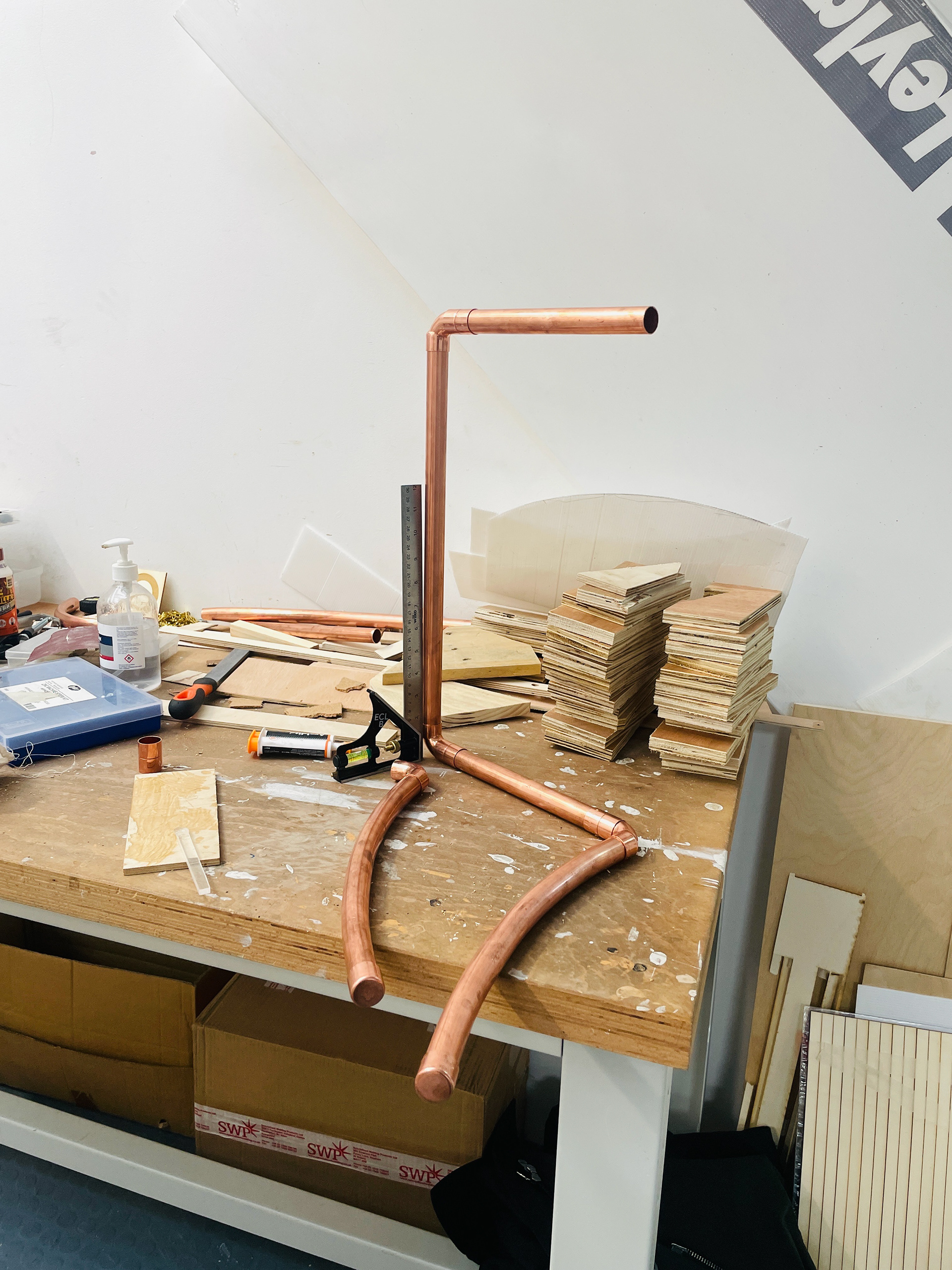
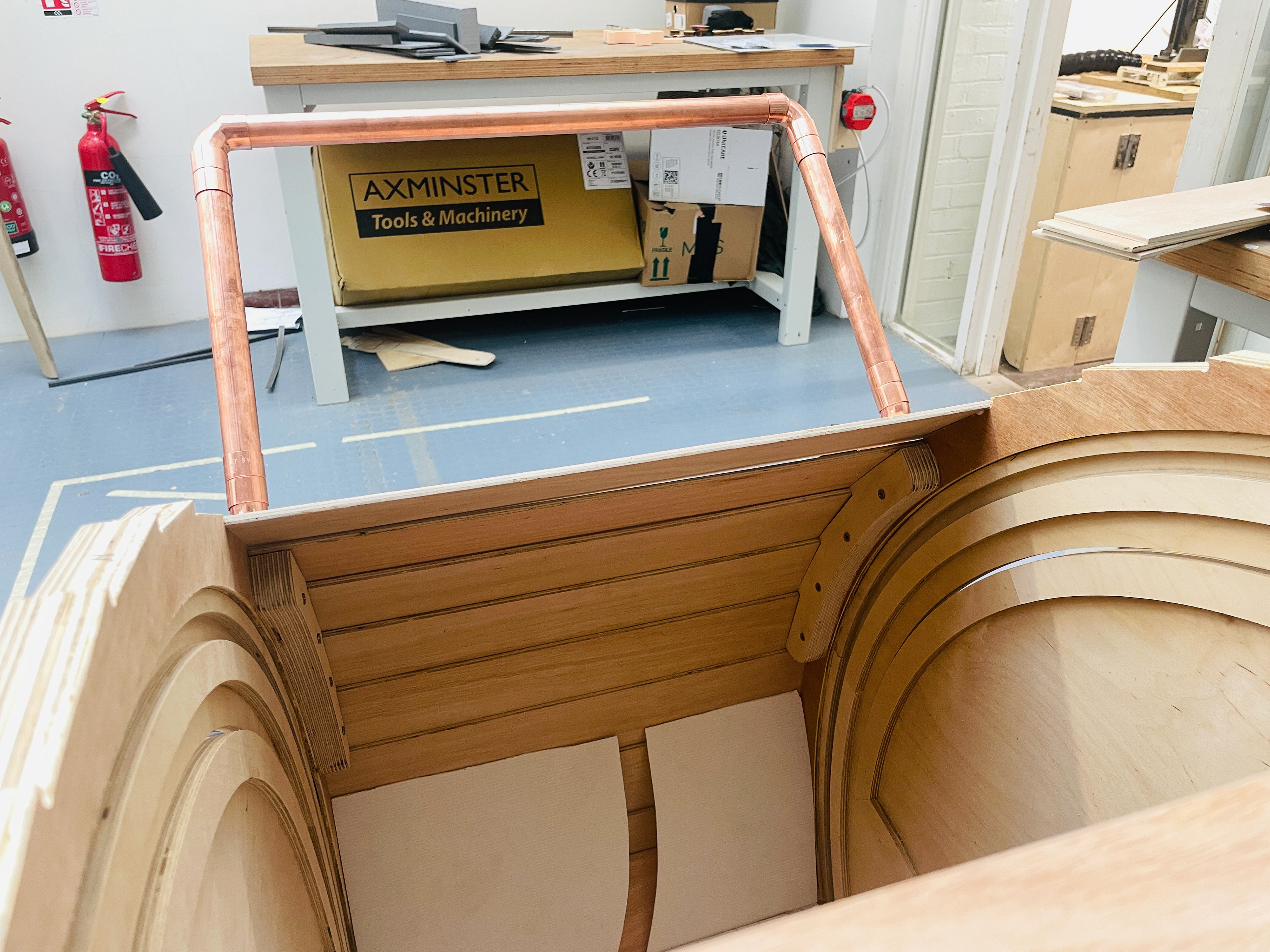
A key learning has been that no item has been stolen from the library. There can be many reasons, from the uniform used on some tests to my positive attitude on site, but a central part might also be the scale of the intervention. Here we see technical drawings for the Beetle, showing how this is a small, non-institutional, self-built intervention.
The fact that it expresses a certain self-build-ness, with the chopper pipe handle and small scale, together with the young and playful, smiling activity librarian (that’s me) can have instituted some trust that motivated people to return things borrowed even when they took it to the other side of the park.
Learning from the library
Comparing the test conditions, we see that the average number of people in the park grows when the Beetle is on-site and further grows when the activity librarian uses a uniform that signifies responsibility and potentially that something is being offered. The uniform here is a playful apron.
We also see that it is more effective when it is warmer, and when we are in a parkland situation where play is more comfortable than on hard surfaces. In a market setting, people borrowed normally one item, while in the park, the same people borrowed multiple items.
A library of equipment can give more people access to play and activity.
It motivates people to try new activities.
Regular scheduling can allow for reliance and planning.
People will follow online for news and updates.
Nothing was stolen.
Oral feedback on a slide from the jury presentation.
These sheets were used during four of the prototype tests done in the spring of 2022.
OutForAll
Building on these prototypes, the project imagines OutForAll, a two-part organisation dedicated to creating engaging outdoor spaces. Library teams will offer equipment and partner with local stakeholders to foster activity and play in their area.
The portability of the trolley allows the library to be moved around easily. In Custom House, each library trolley is imagined to have two activity librarians (one sports instructor and one community activator). These will, over the week, cover three to four local parks and curate an online following to spread awareness and motivate activity.
All the libraries are administered by an organisation called OutForAll. Several funding scenarios were developed, but the primary scenario combines grants and public funding with subscriptions that local businesses and organisations can pay to access the library for their outdoor events. A 1.5 % cut of all grants goes to fund OutForAll nationally.
The Park Revolution Unit
On a national level, the Park Revolution Unit will dream, research and work to fundamentally transform the UK's 27 000 parks, reapplying the process that led to the activity libraries to create new civic spaces that motivate lifelong play.
The libraries and the Park Revolution Unit are separate units because the risky experimentation of the Unit could harm the local trust in the library’s success in collaborations. They cannot be completely separate because the Unit would lose a significant resource of local knowledge, contacts and trust it needs to create change effectively.
The Park Revolution Unit focus on researching the current and future use of all parks, developing policy, and designing and making prototypes. They are in contact with the activity libraries locally and, through them, are led to local actors they can work with and learn from.
The Park Revolution Unit will look at what pulls people to the park and what pulls them home in each specific local context. They might host events, place things in the park and see what happens, or walk around with the community for ideas and hear thoughts and stories about the spaces.
The Park Revolution Unit will test small and large interventions, organise the information gathered and present it to local councils to argue in favour of change. Here we see photos from a set of tests in Cundy Park where I placed a chess set on a table and walked a little away. No one sat down to play on their own accord when I was not there, even though posters said people could just sit down. However, when I sat at the table I met multiple people who either talked about the free chess or who wanted to (teach and) play. ●
